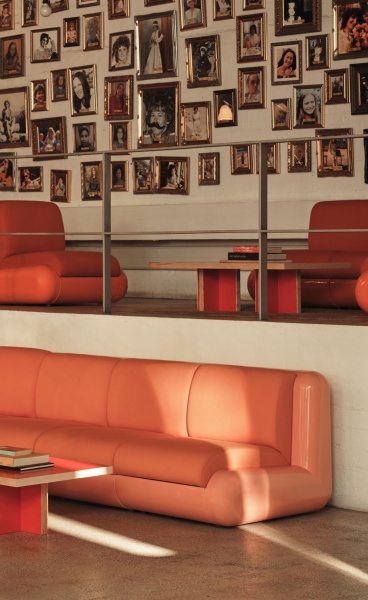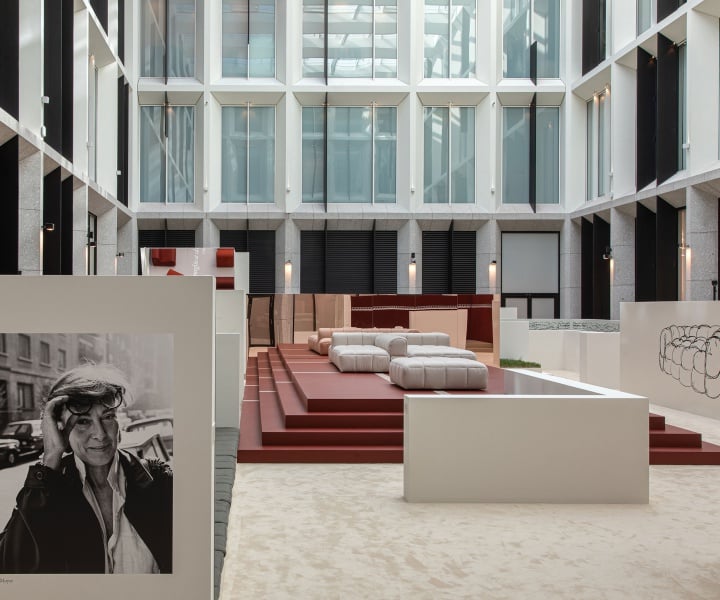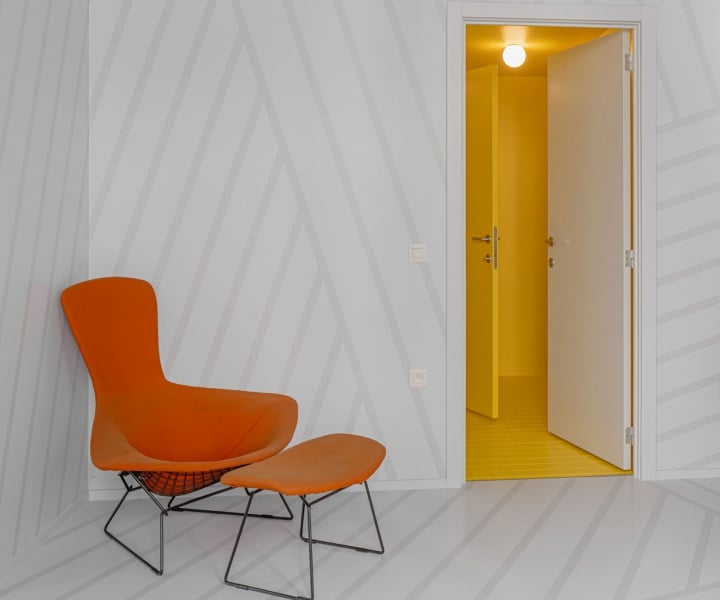Project Name
Firehouse HotelPosted in
Hotels, Design, Interior DesignLocation
Completed
April 2019Rooms
9| Detailed Information | |||||
|---|---|---|---|---|---|
| Project Name | Firehouse Hotel | Posted in | Hotels, Design, Interior Design | Location |
710 S Santa Fe Ave Los Angeles, CA 90021
United States |
| Completed | April 2019 | Rooms | 9 | ||
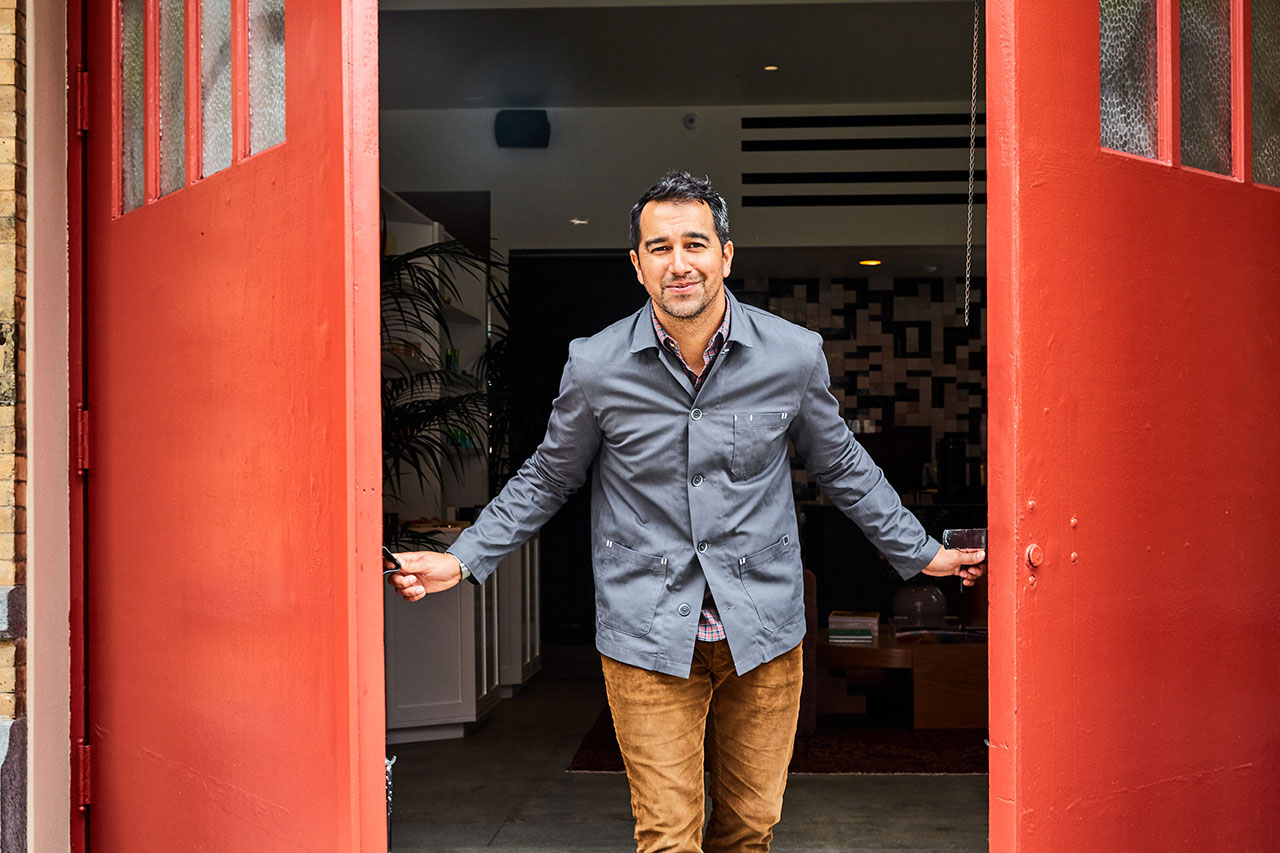
Dustin Lancaster portrait. Photo by Ren Fuller

Lobby. Photo by Laure Joliet.
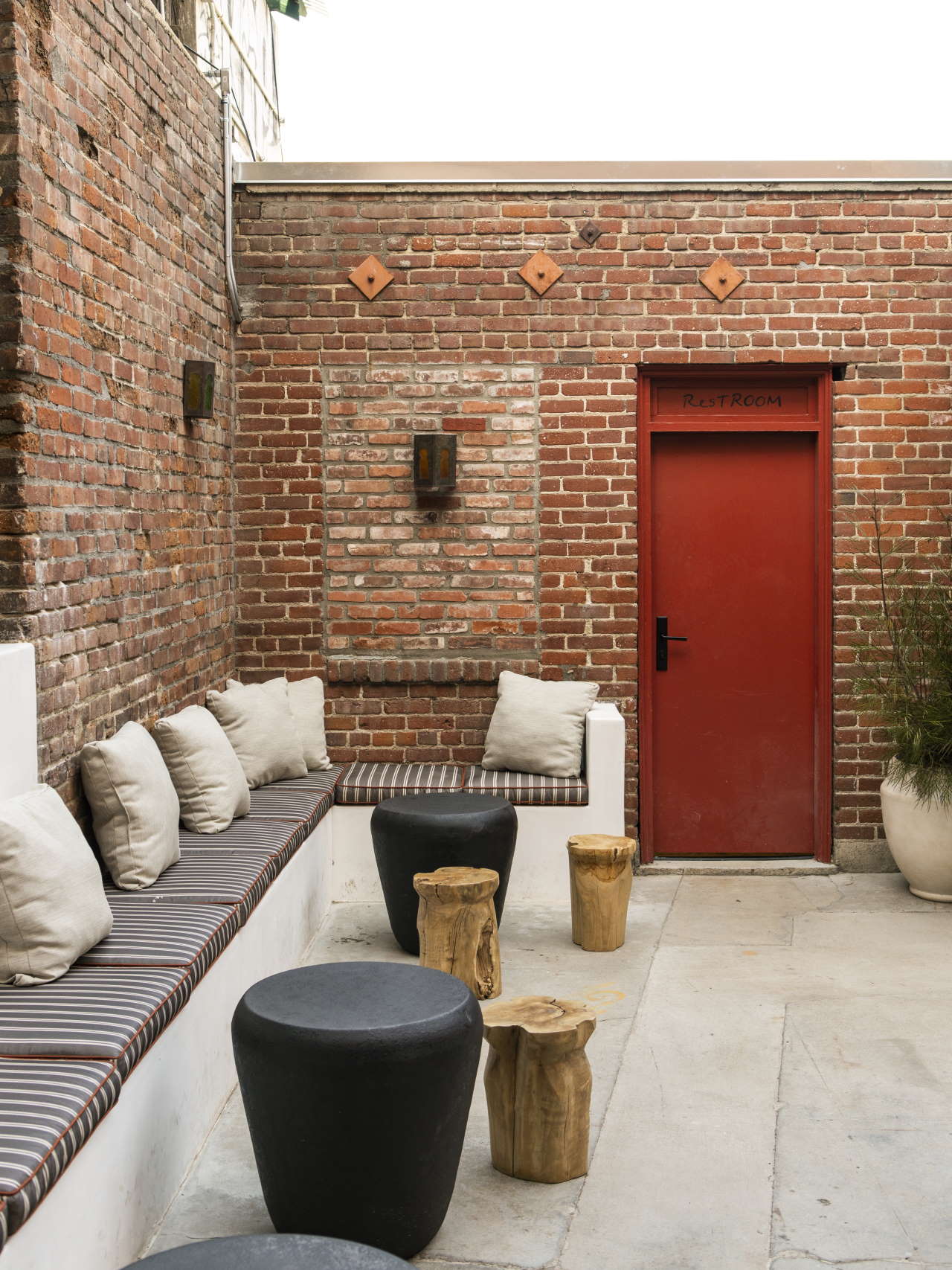
Bar overflow. Photo by Laure Joliet.
The main challenge facing interior designer Sally Breer and her team at ETC.etera in renovating such an iconic building, home to LA’s Engine Co. No. 17 for 53 years until 1980, was the infusion of a fresh, modern sensibility without effacing the fire station’s industrial heritage. To do so the team came up with an underlying narrative populated by two fictional characters, Mabel, a mom who took over the building as a boarding house in the 1940s while raising her daughter, Marta, who in the 1970s took over from her mother adding a funky layer to the existing décor. The result is an palimpsest-like, retro-industrial interior where layers of patterns, textures, artwork and custom fixtures, whimsically co-exist with an eclectically curated collection of vintage furniture and contemporary pieces from Breer’s own collection for ETC.etera amid a backdrop of industrial windows, original brickwork and exposed wood truss ceilings.
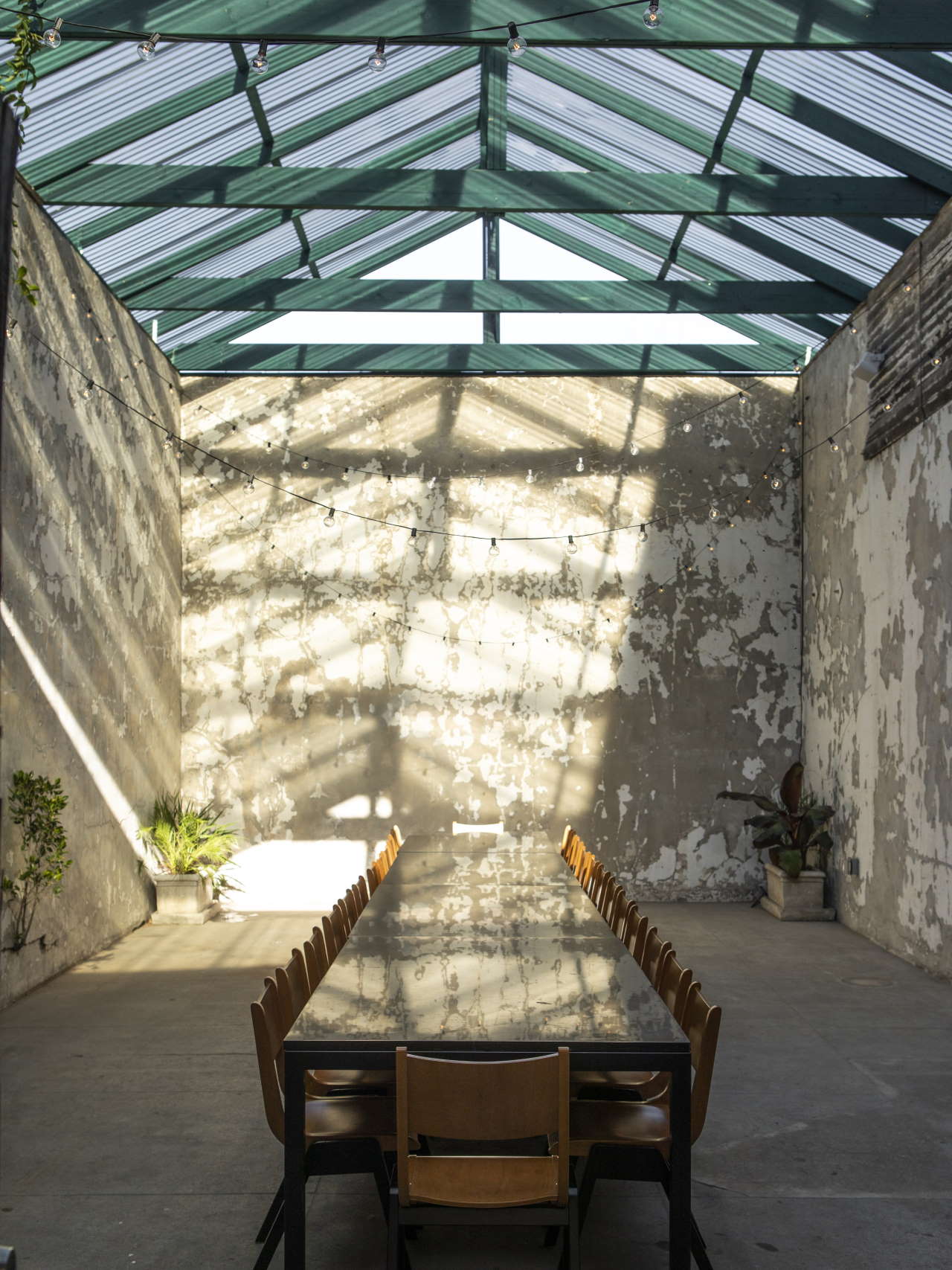
Private dining. Photo by Laure Joliet.
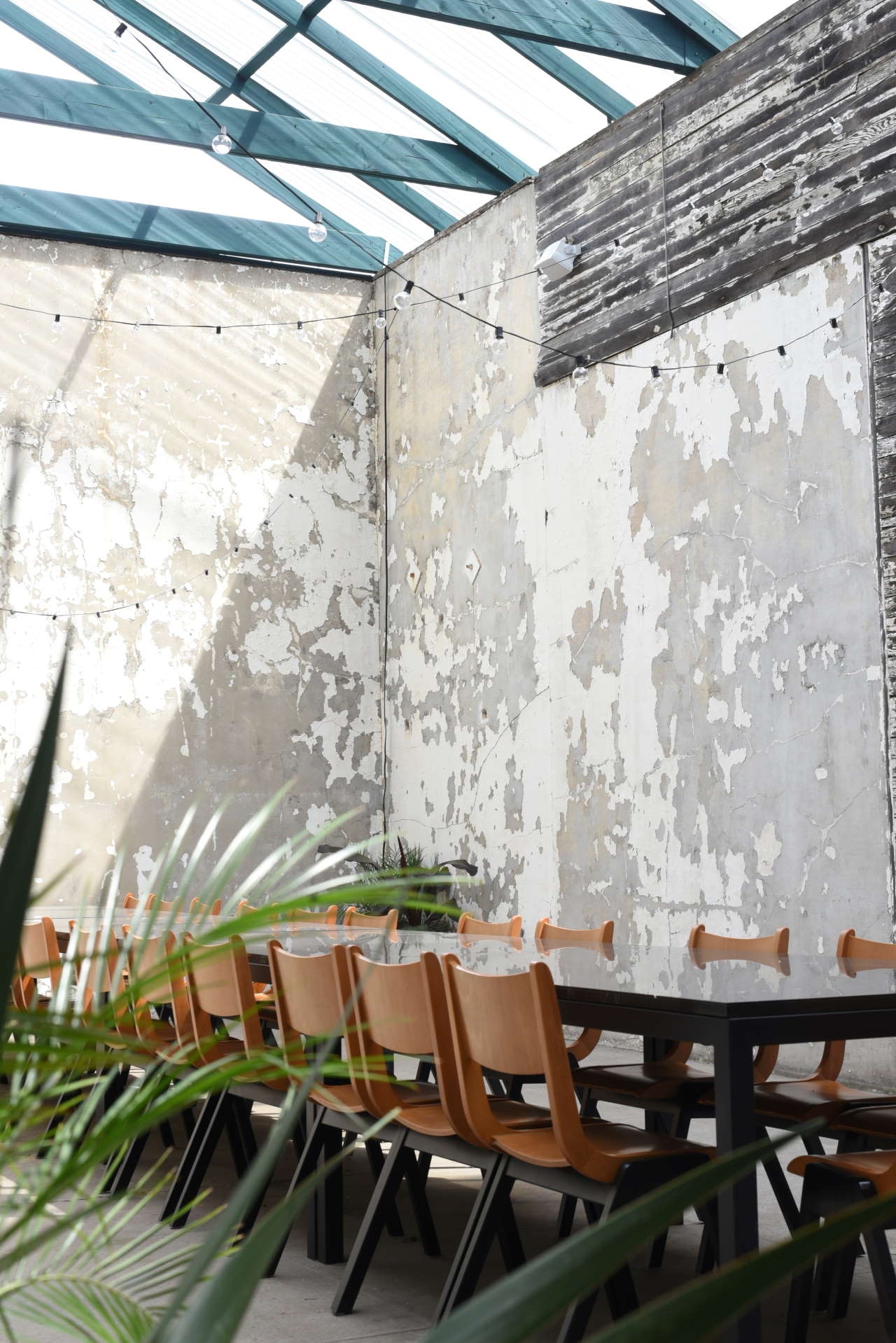
Private dining. Photo by Danielle Adams.
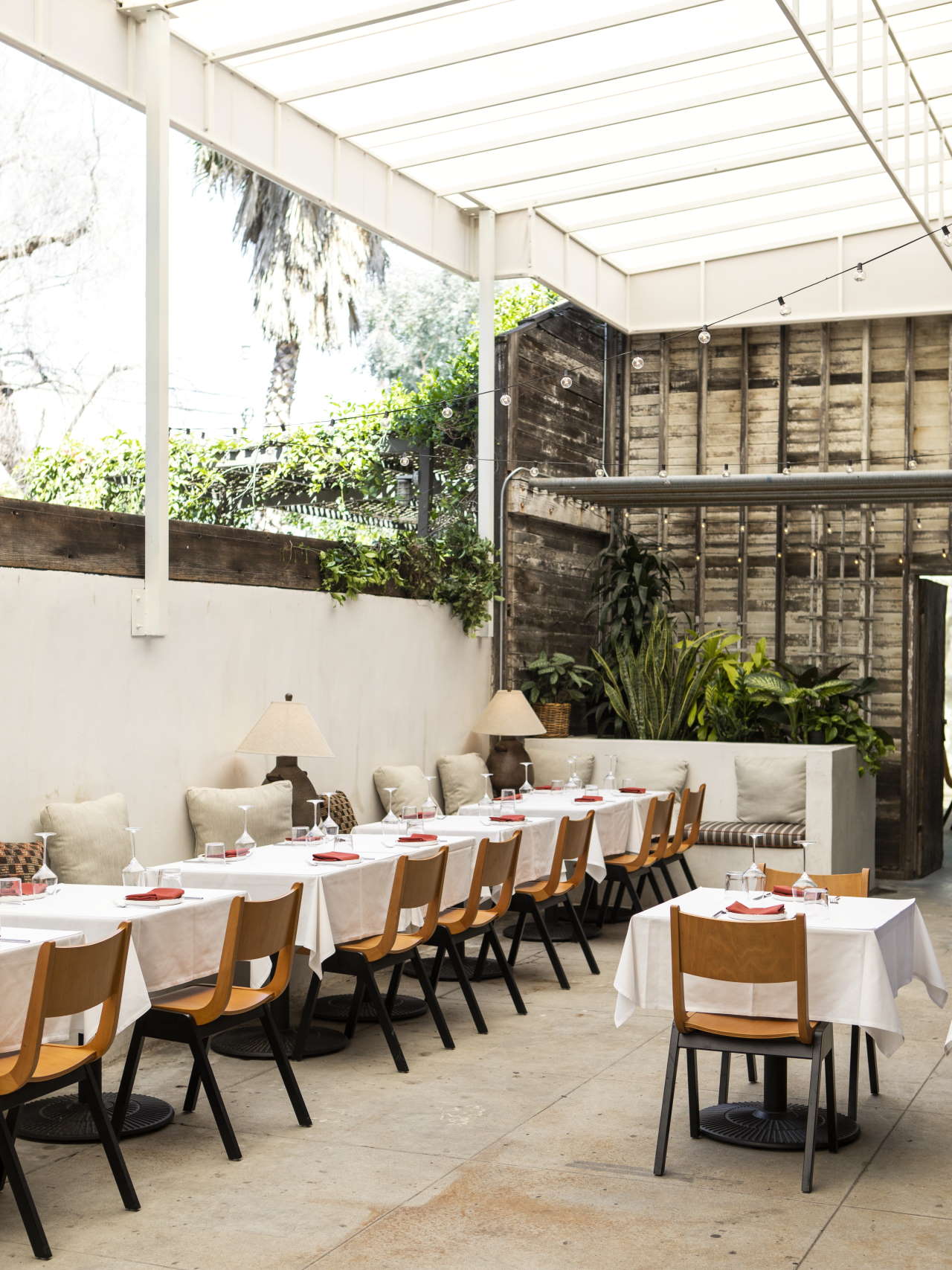
The restaurant patio. Photo by Laure Joliet.
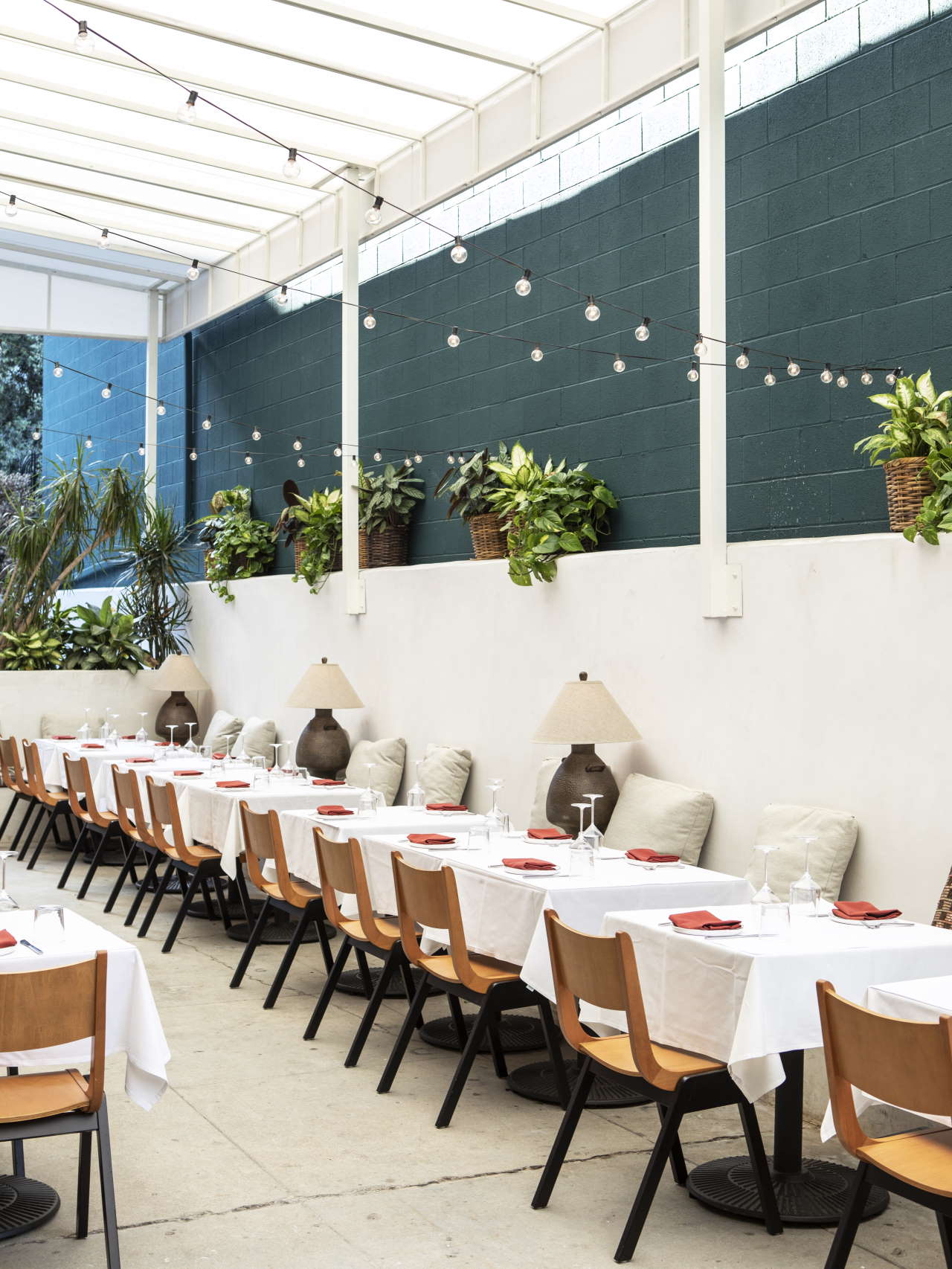
The restaurant patio. Photo by Laure Joliet.
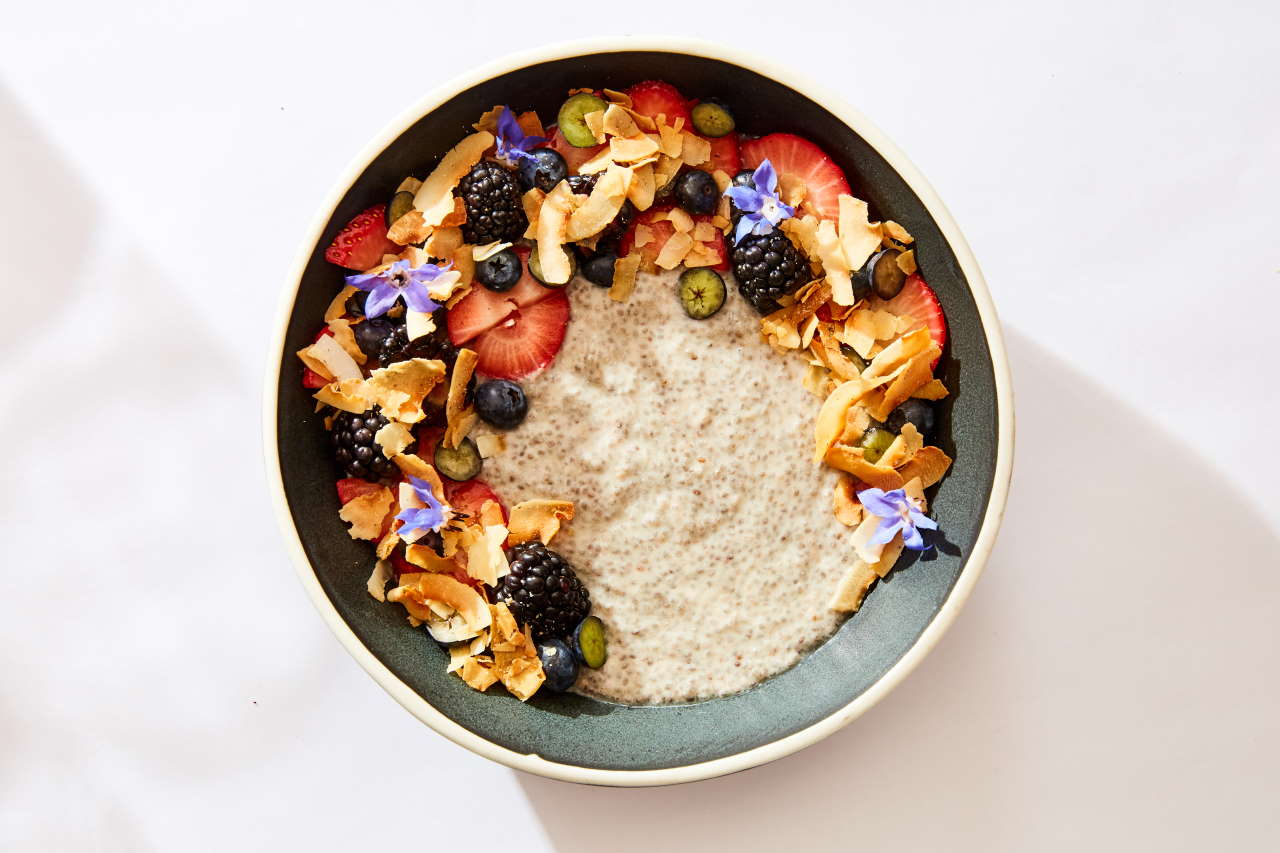
Coconut Chia Pudding. Photo by Ren Fuller.
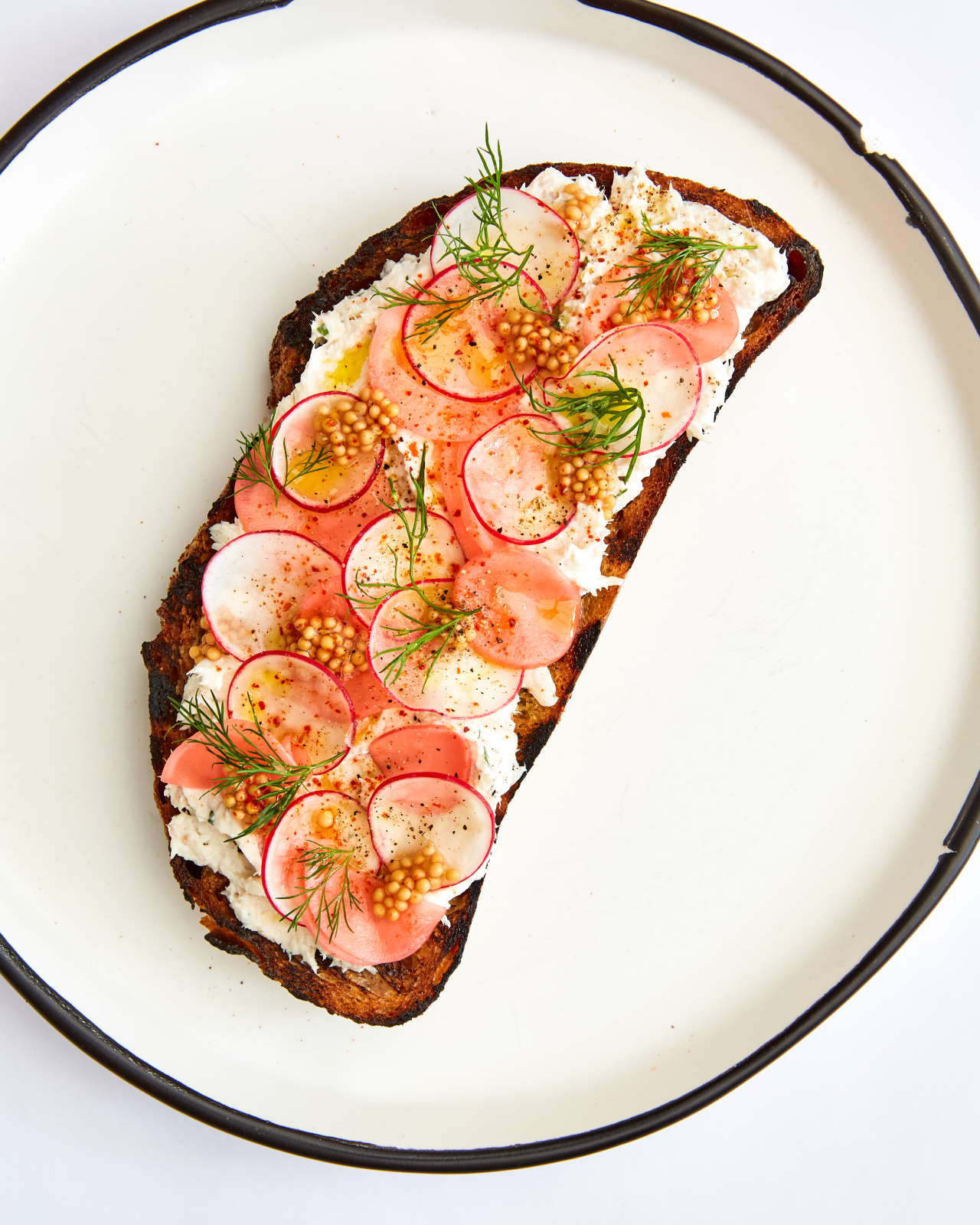
Smoked Trout Tartine. Photo by Ren Fuller.
Undoubtedly, the building’s most iconic elements are the two towering red doors that used to let fire trucks in and out of the station, which now swing open ushering guests into the ground floor reception and lobby area, a bright, soaring space whose subdued sensibility is jazzed up by colourful furnishings, playful patterns and lush indoor plants. Observant guests will also notice two circles visible in the ground where the fire poles used to be, while a hose drying tower further attests to the original use of the space.
The street-facing reception also includes a coffee bar that offers beverages as well as freshly baked pastries, breakfast and lunch options 7 days a week, along with a boutique selling a curated selection of LA-centric goods that include in-room amenities such as Clare V’s exclusively-made seersucker bathrobes and Hedley & Bennett’s Firehouse Jacket – a lightweight, utilitarian coat designed as part of the hotel staff’s uniform – as well as items like ceramics, glassware, candles and textiles, that adorn the hotel’s public spaces.
Further back, the whitewashed walls of the lobby give way to the bar’s darker interior which is dominated by a long, light grey, Carrera marble-topped counter and an undulating, pale green, pipe-like light fixture overhead, custom-designed by local creative Simon St. James. Despite the dark-teal painted walls and ceilings, exposed brickwork sections and concrete floor, the space does not feel gloomy thanks to large glazed areas, modelled on the original windows, and a mirrored back wall. Outside, running the entire length of the building, a covered patio accommodates most of the restaurant’s seating in a bright, airy space of understated elegance, while the fire station’s former handball court in the back now serves as a spacious private dining room that can seat 30 people.
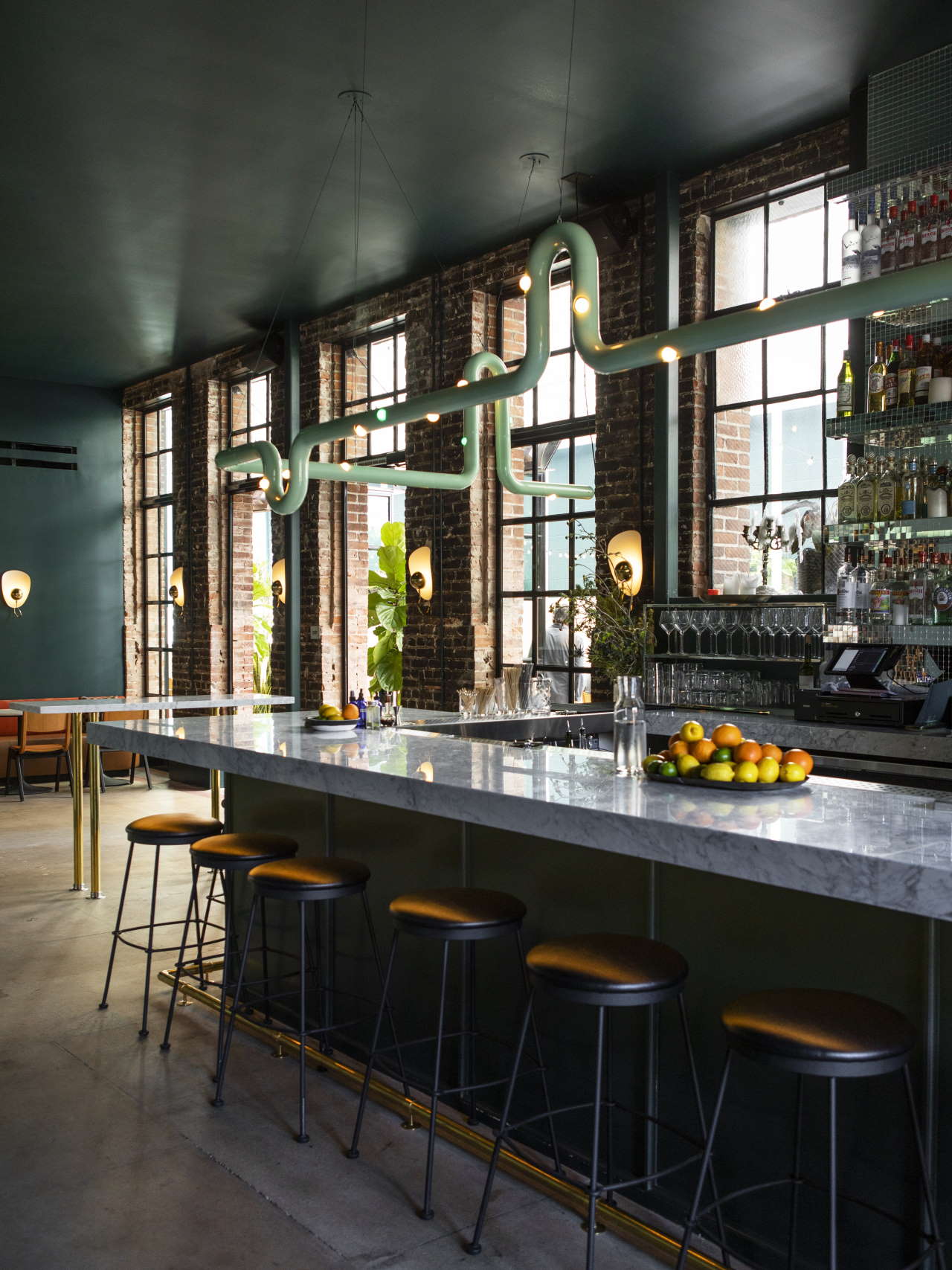
The bar. Photo by Laure Joliet.
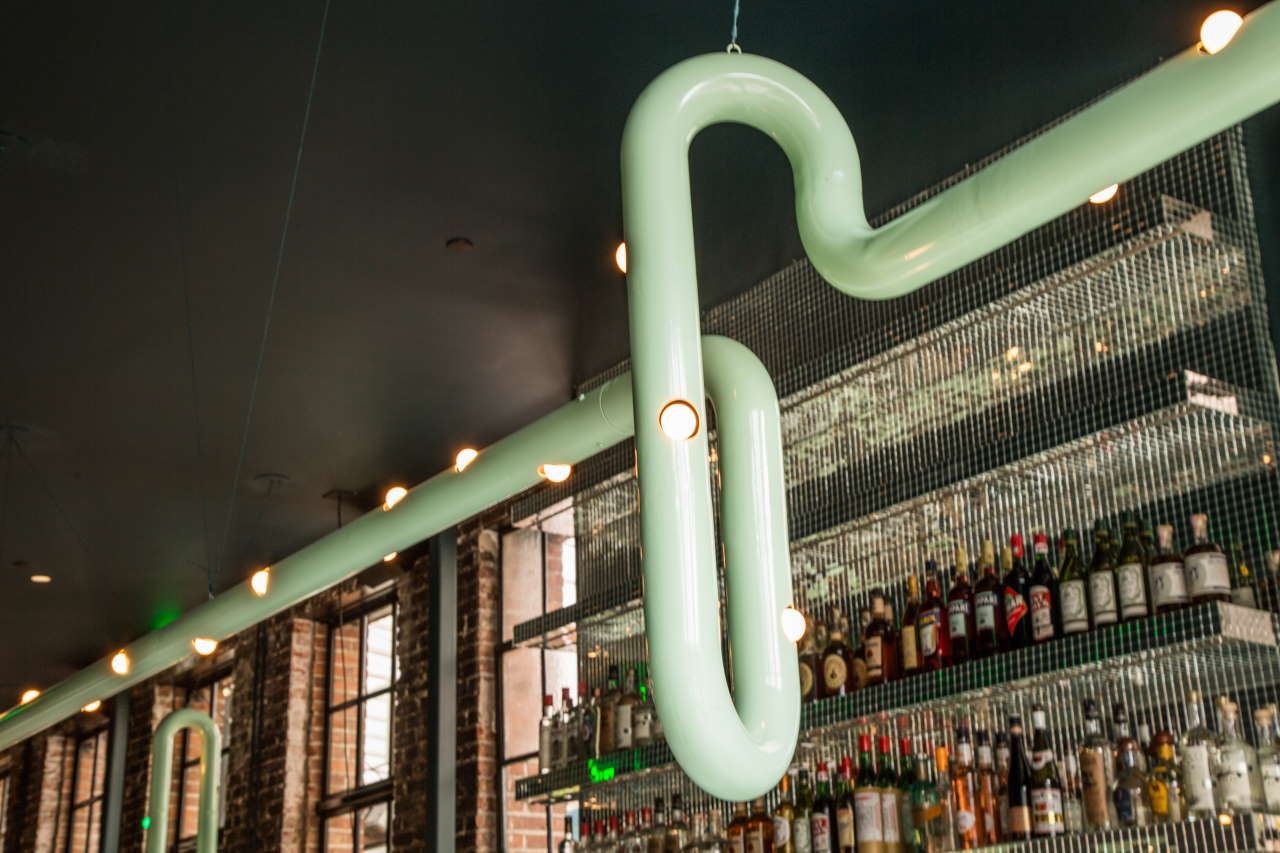
The bar. Bespoke lighting by Simon St. James. Photo by Aaron Haxton.

Photo by Ren Fuller.
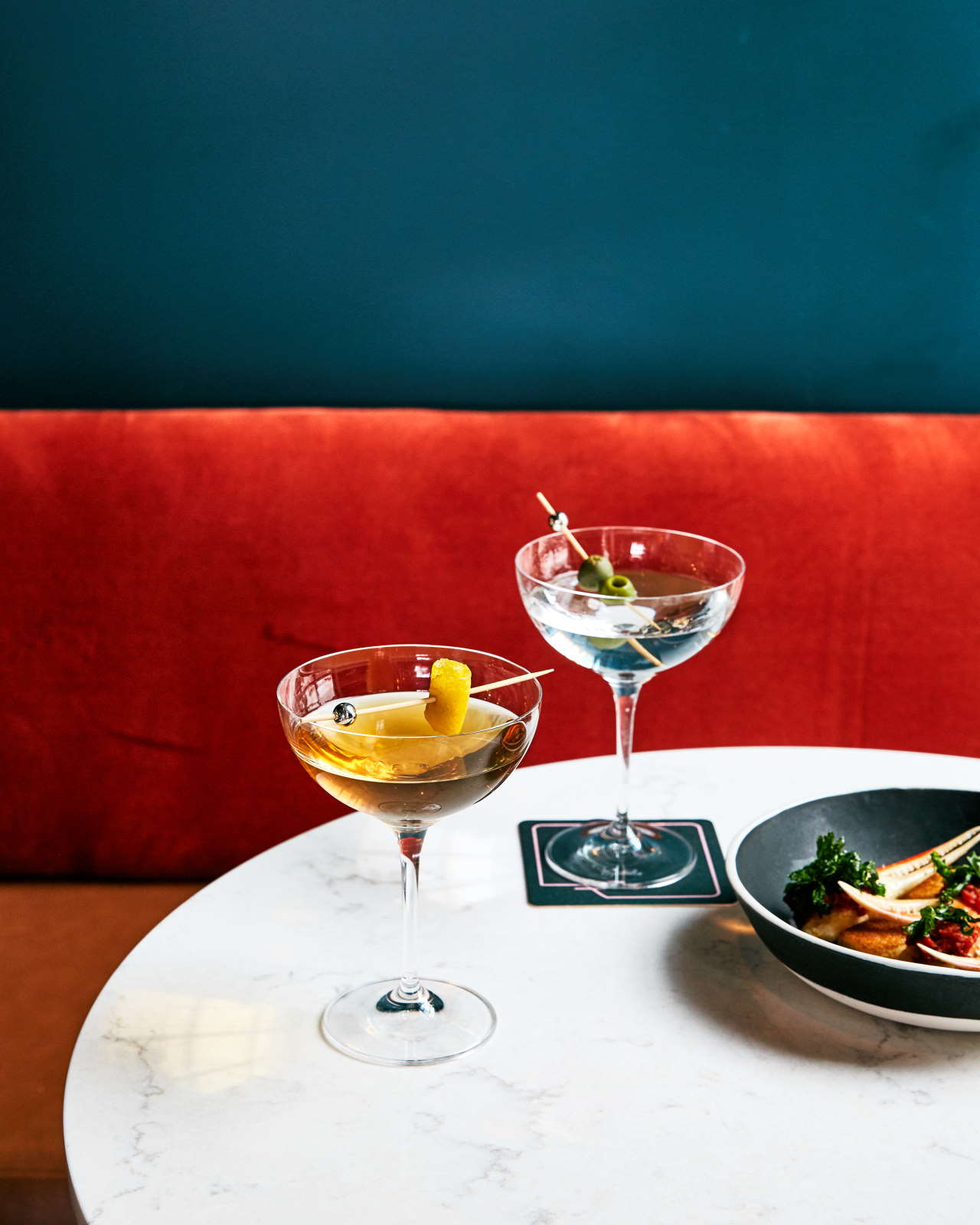
Larry Schneider's Dad, Martini & Crab Claws. Photo by Ren Fuller.
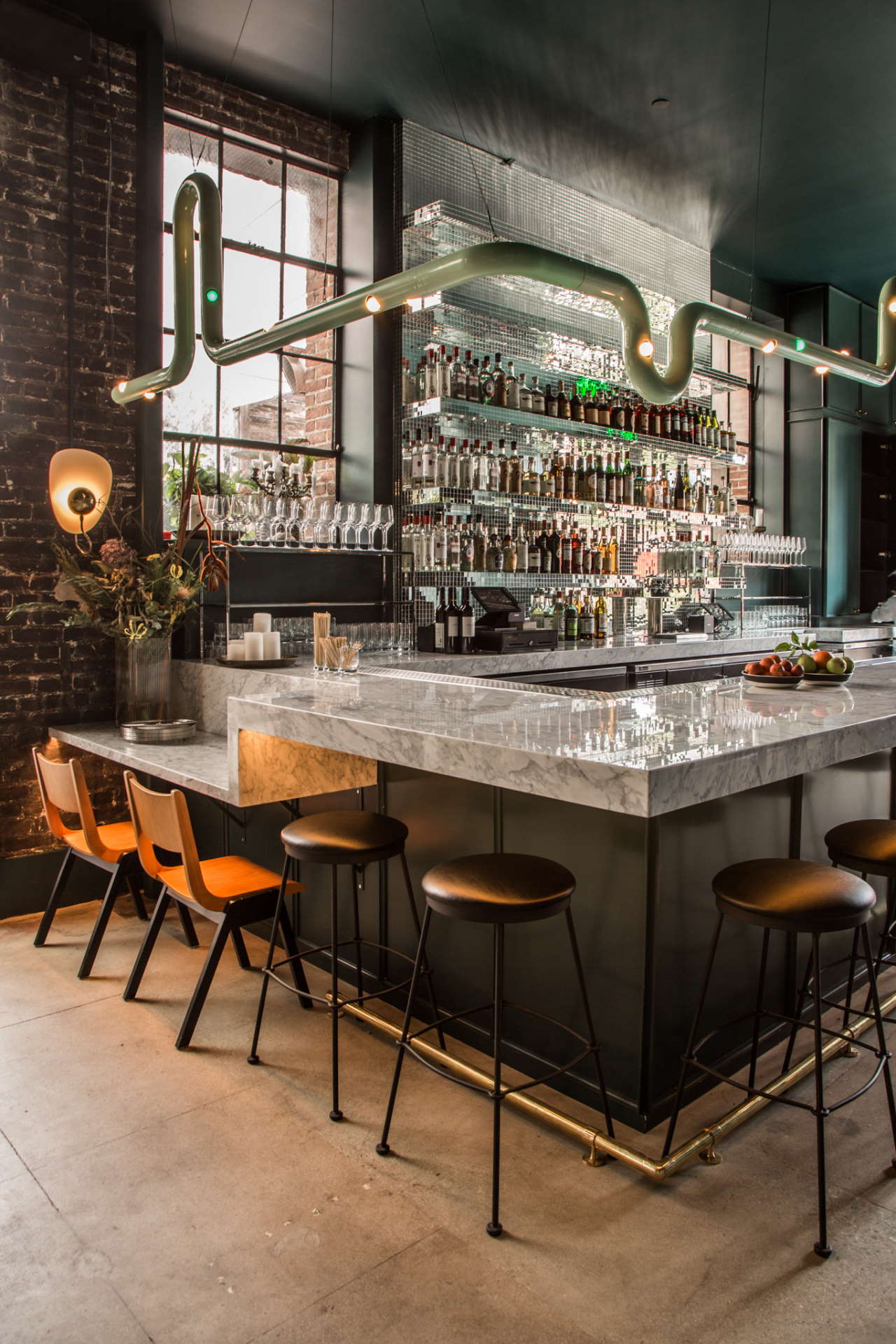
The bar. Photo by Aaron Haxton.
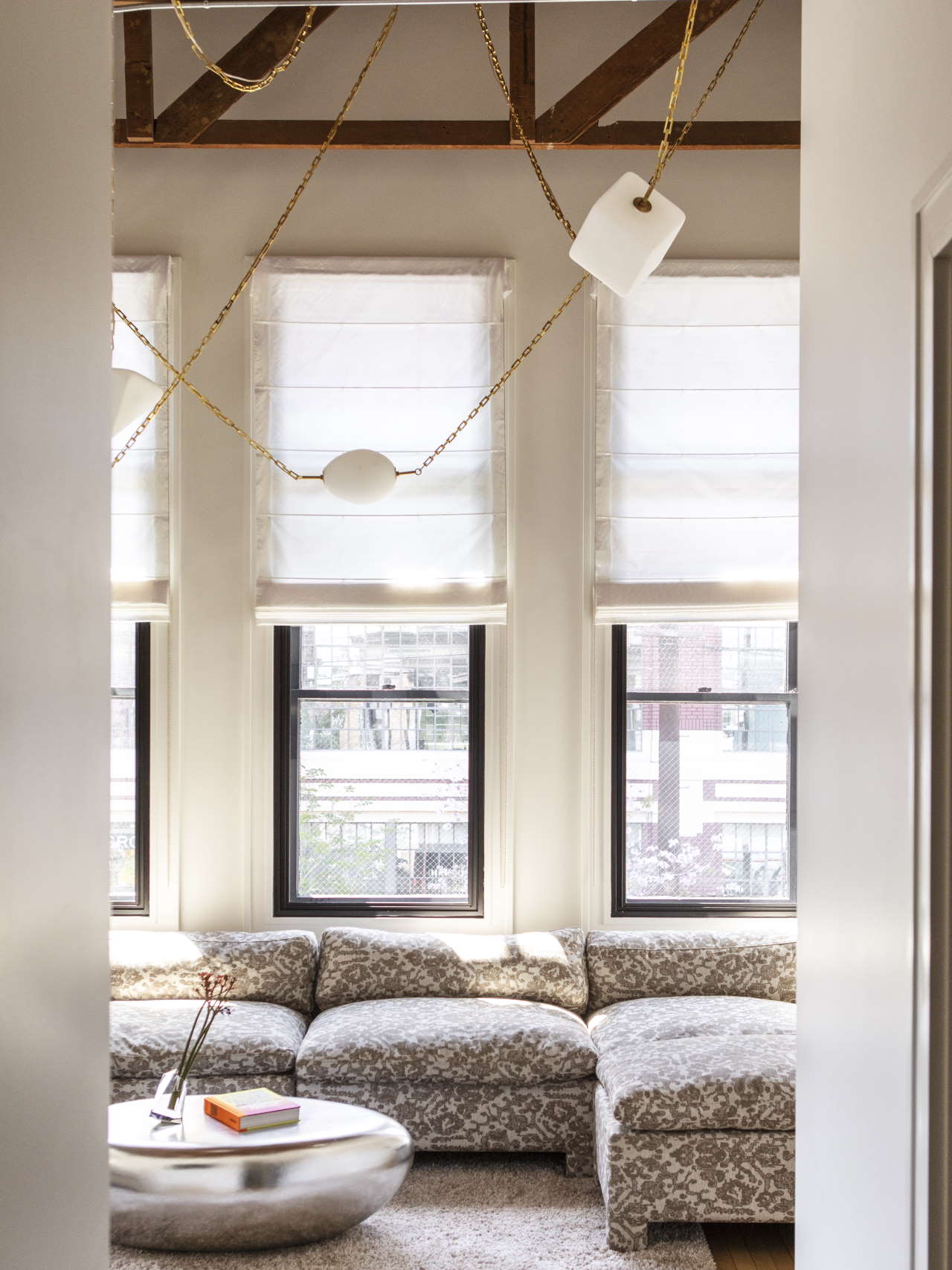
White room. Photo by Laure Joliet.
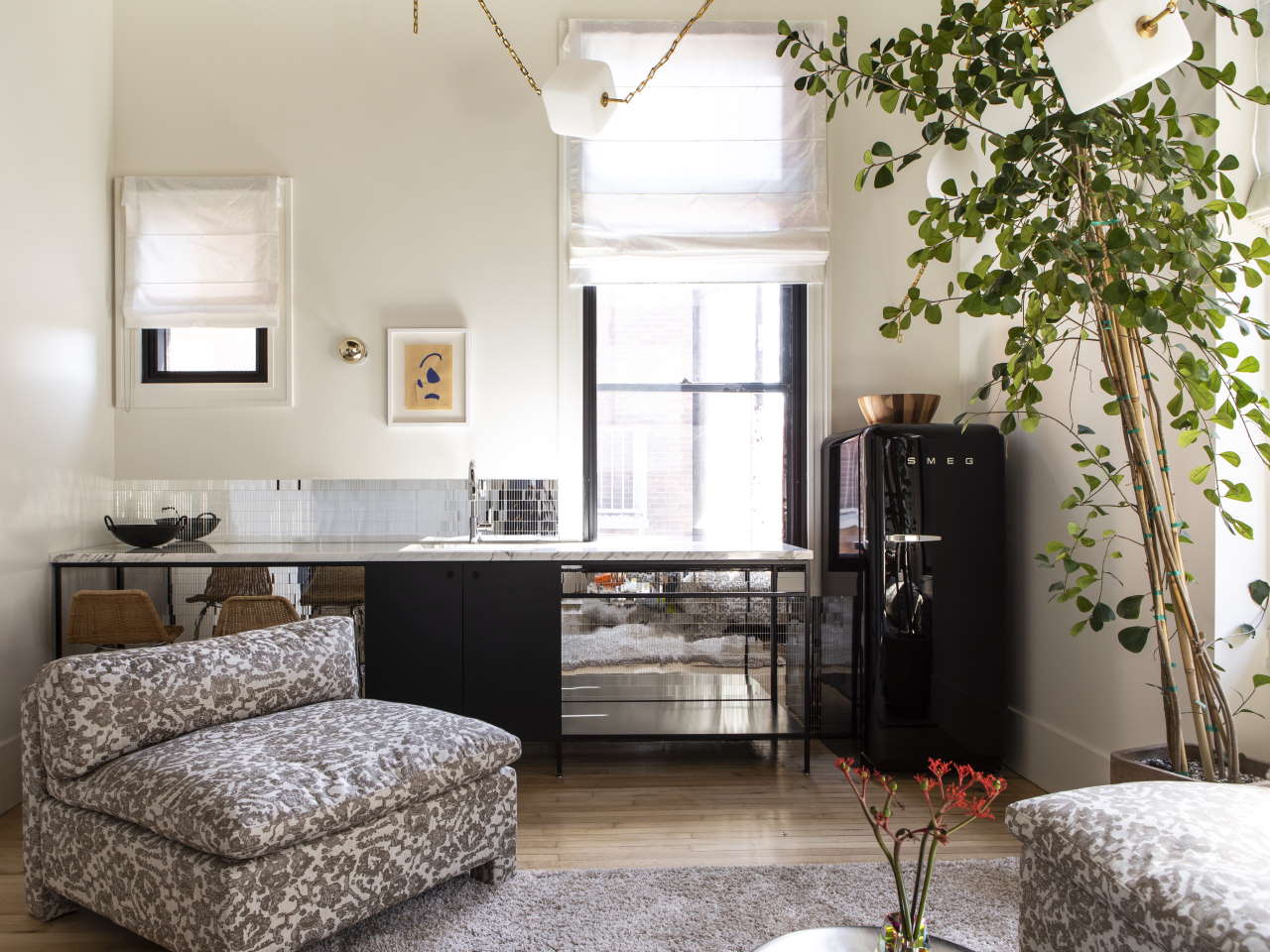
White room. Photo by Laure Joliet.
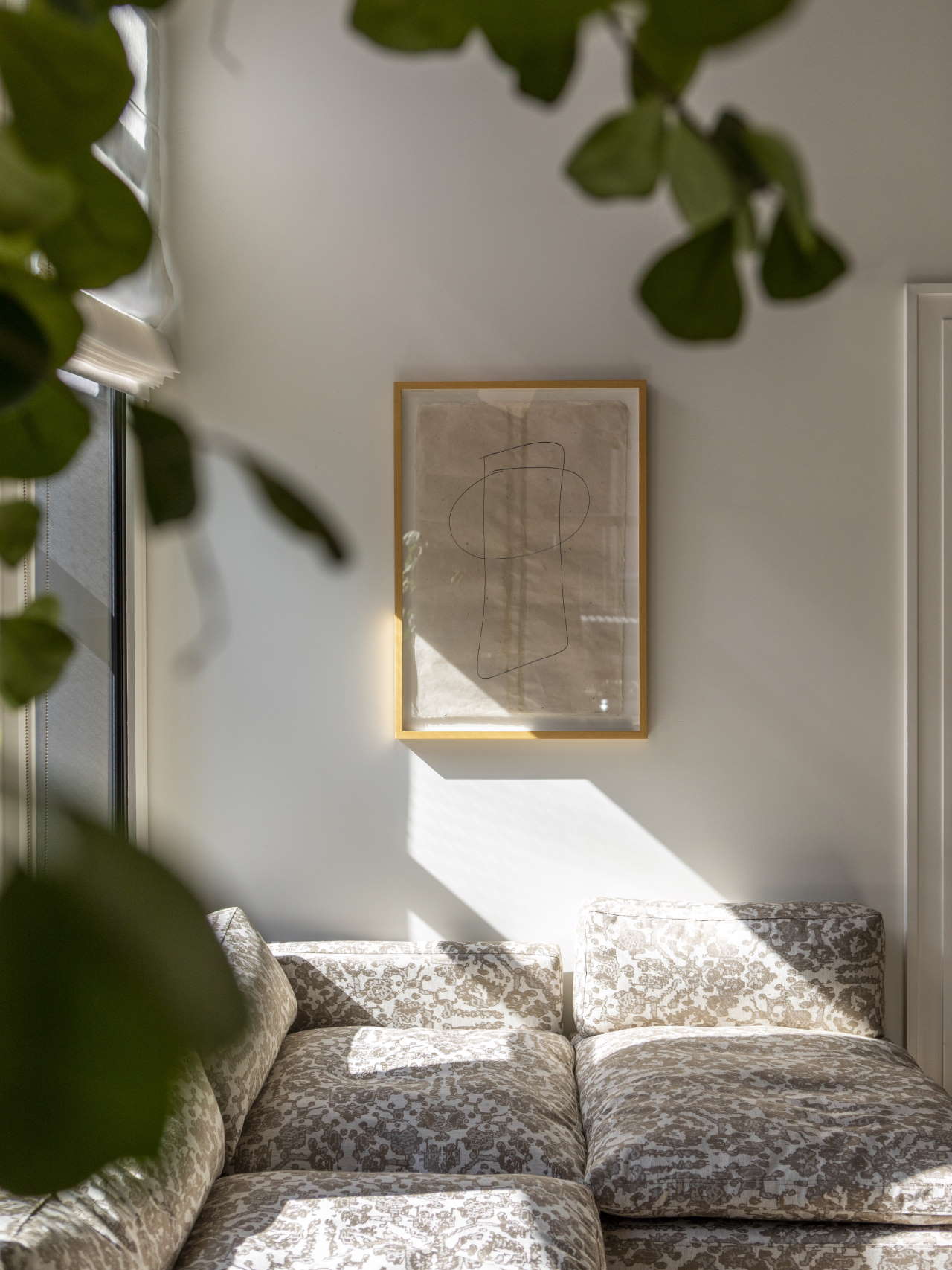
White room. Photo by Laure Joliet.
The whimsical aesthetic of retro-industrial charm that characterizes the hotel’s public areas on the ground floor is carried on upstairs in the nine guest rooms which are named after the dominant colour of their interior design – Red, Orange, Yellow, Green, Blue, Indigo, Violet, White and Black. Despite their names, the rooms feature a mostly neutral colour palette of white walls and hardwood floors, their named colour prudently being used in selective furnishings such as curtains, cabinetry and hand-painted ceramic tiles in the bathrooms. The uniqueness of each room goes beyond the use of colour with a carefully curated collection of furniture and fixtures that range from vintage Moroccan and 1960s milk glass pendants to classical flowered drapes and whimsical wallpapers
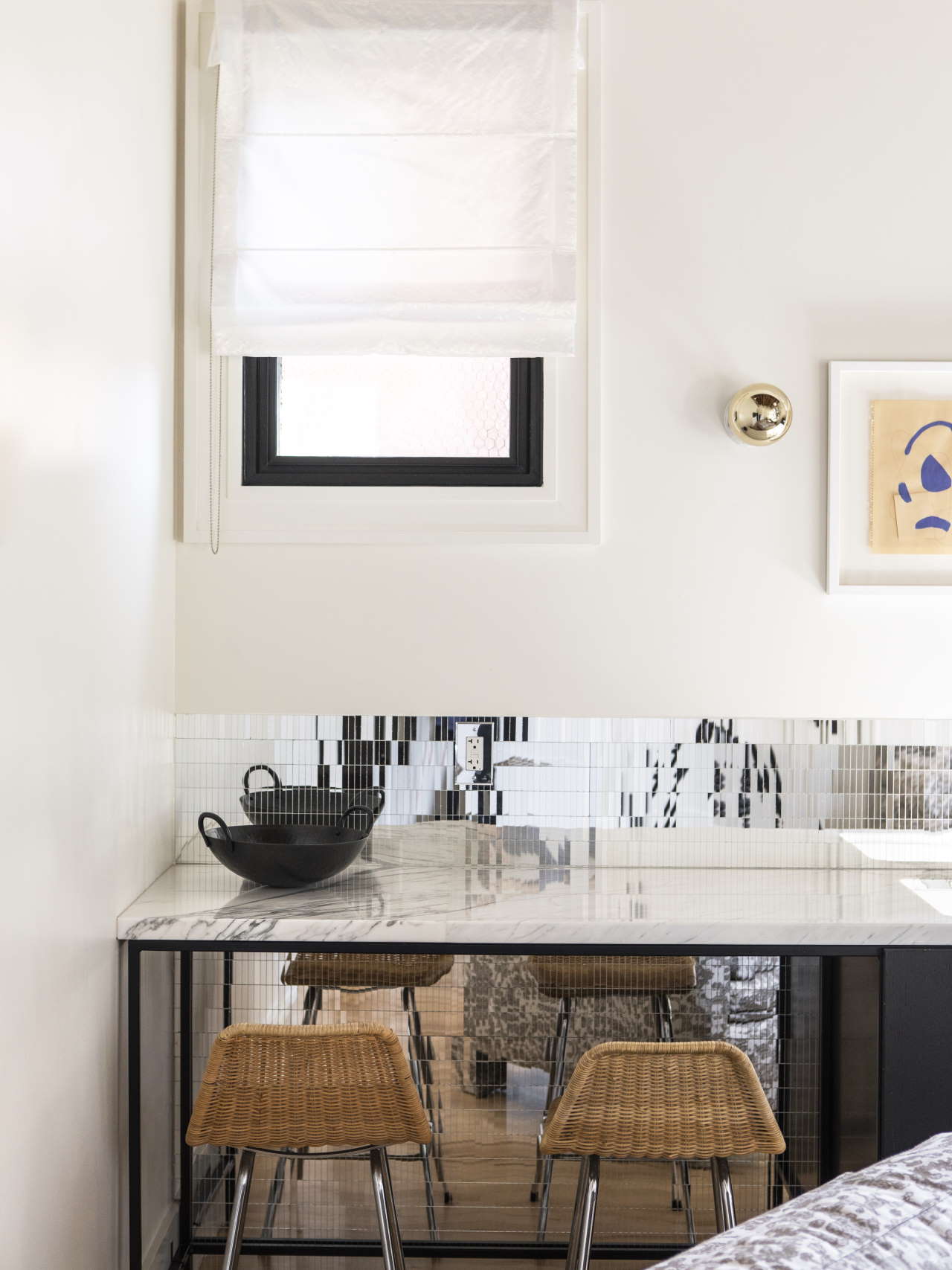
White room. Photo by Laure Joliet.
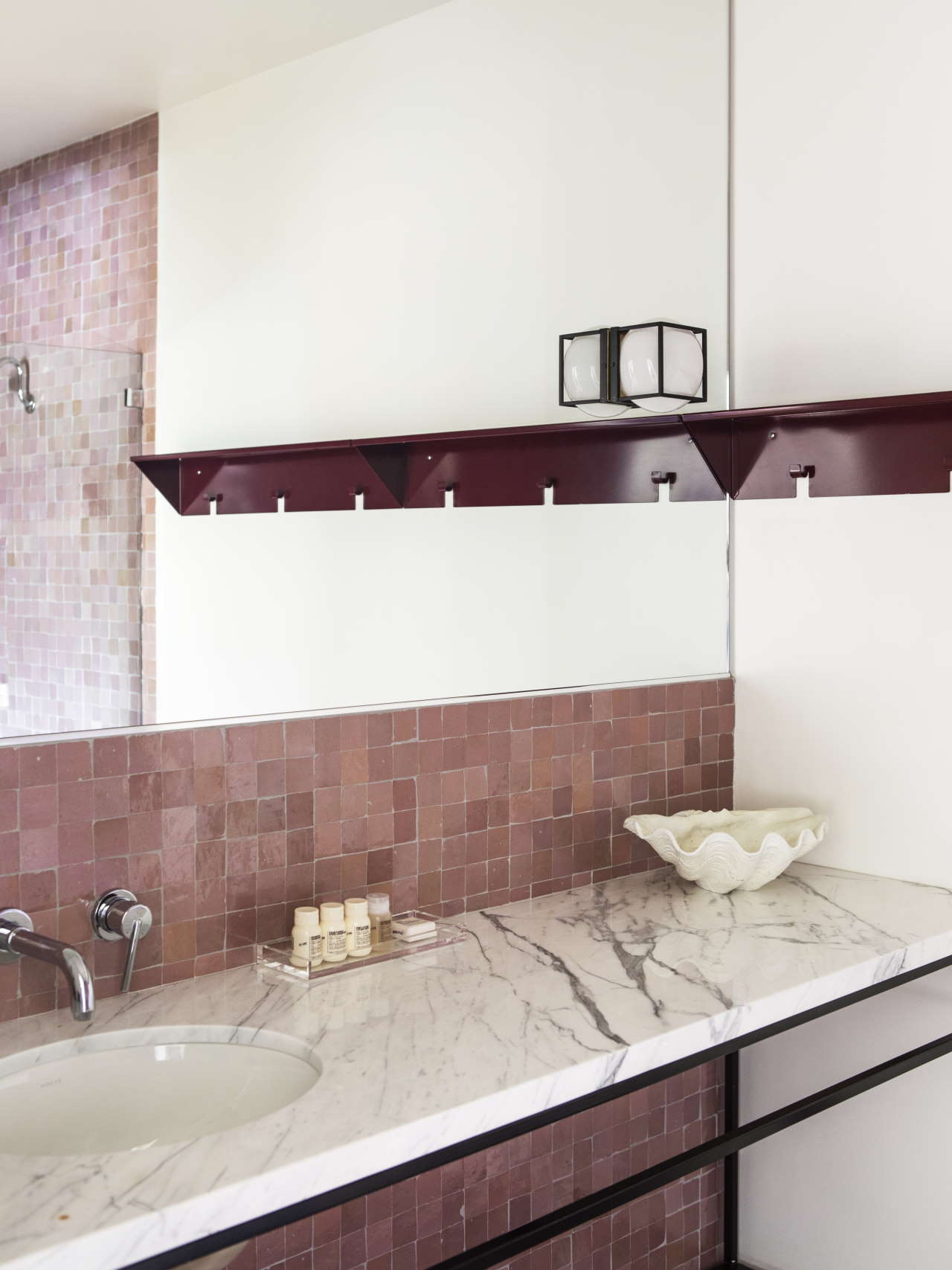
White room. Photo by Laure Joliet.

White room. Photo by Laure Joliet.
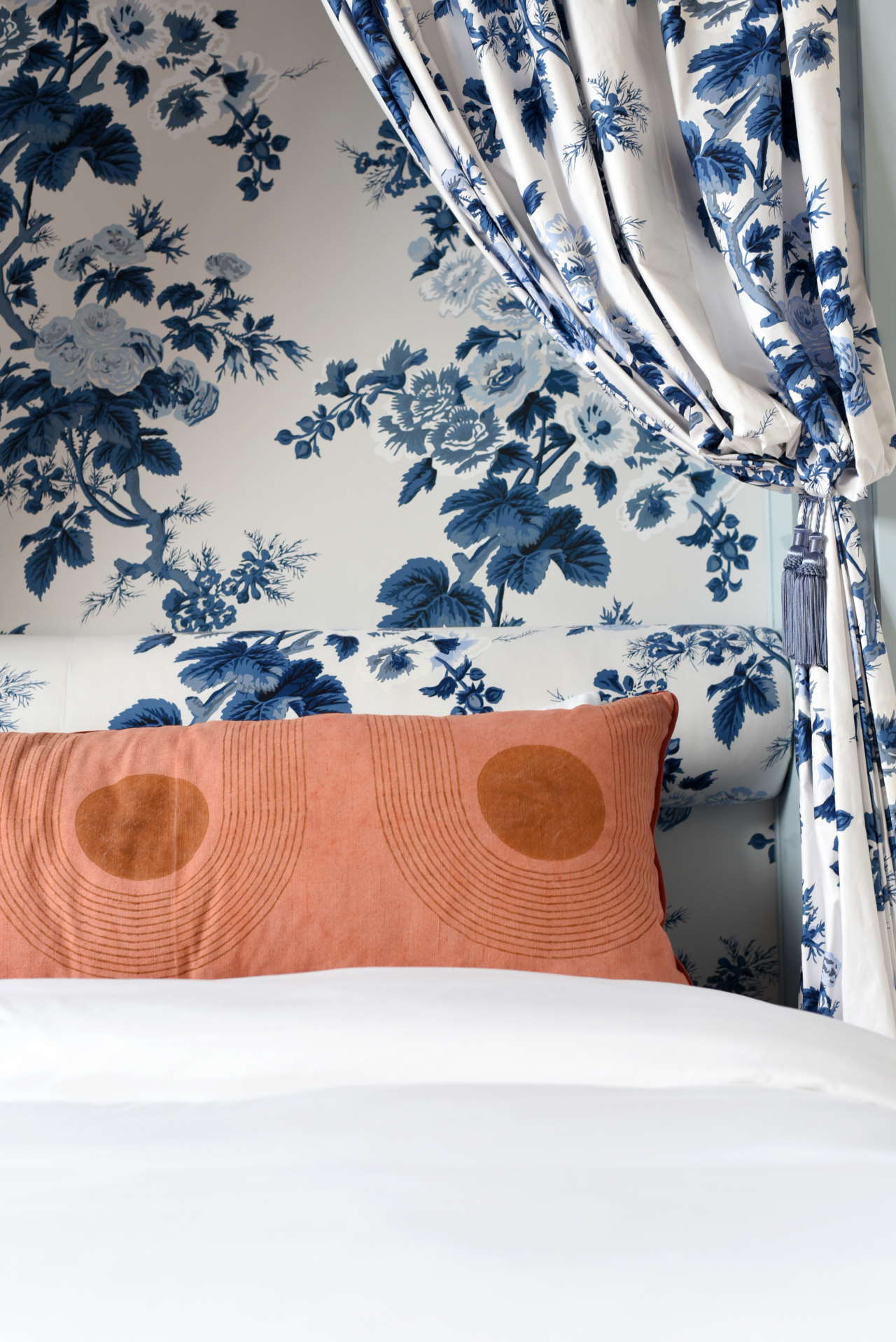
Blue room. Photo by Danielle Adams.
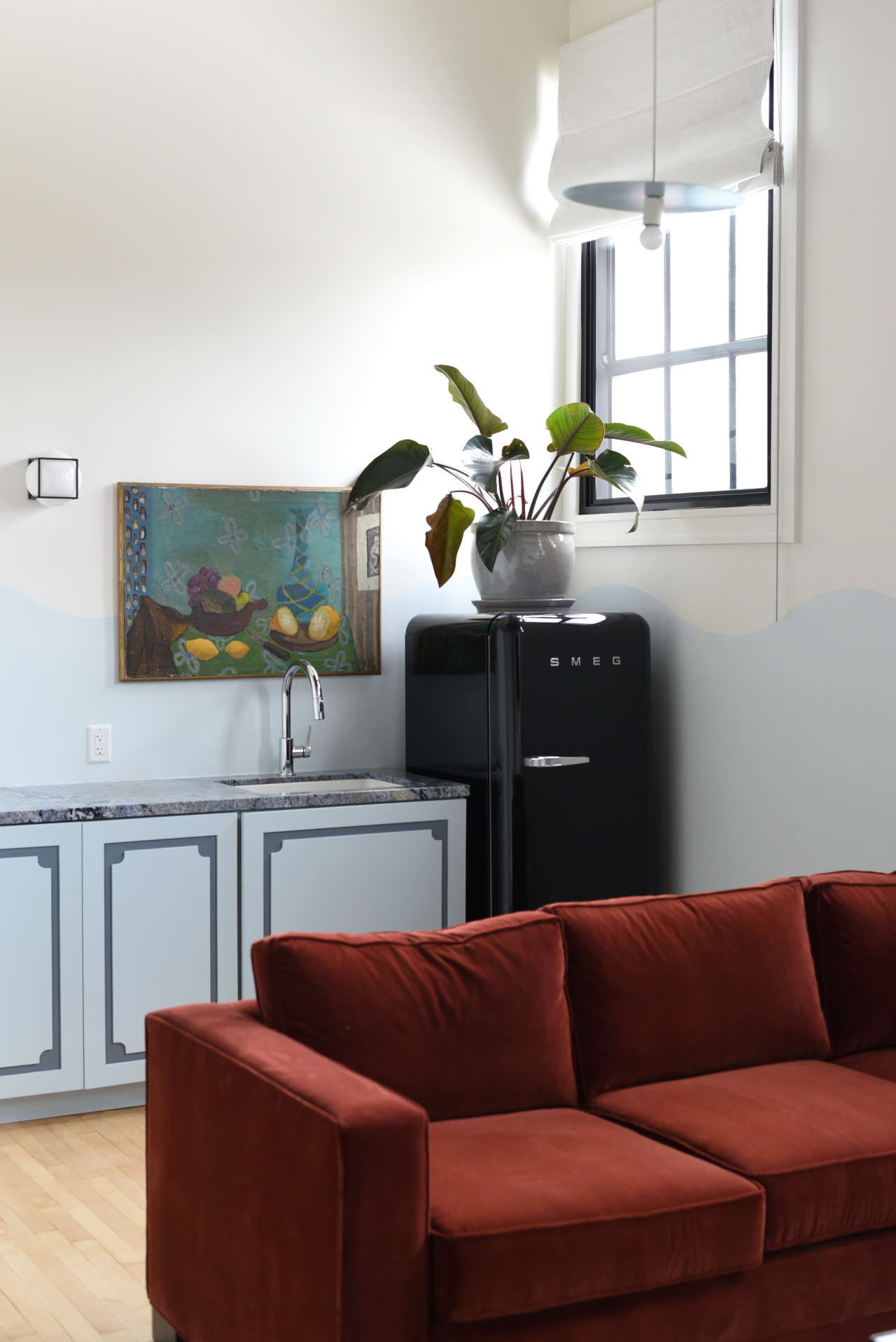
Blue room. Photo by Danielle Adams.
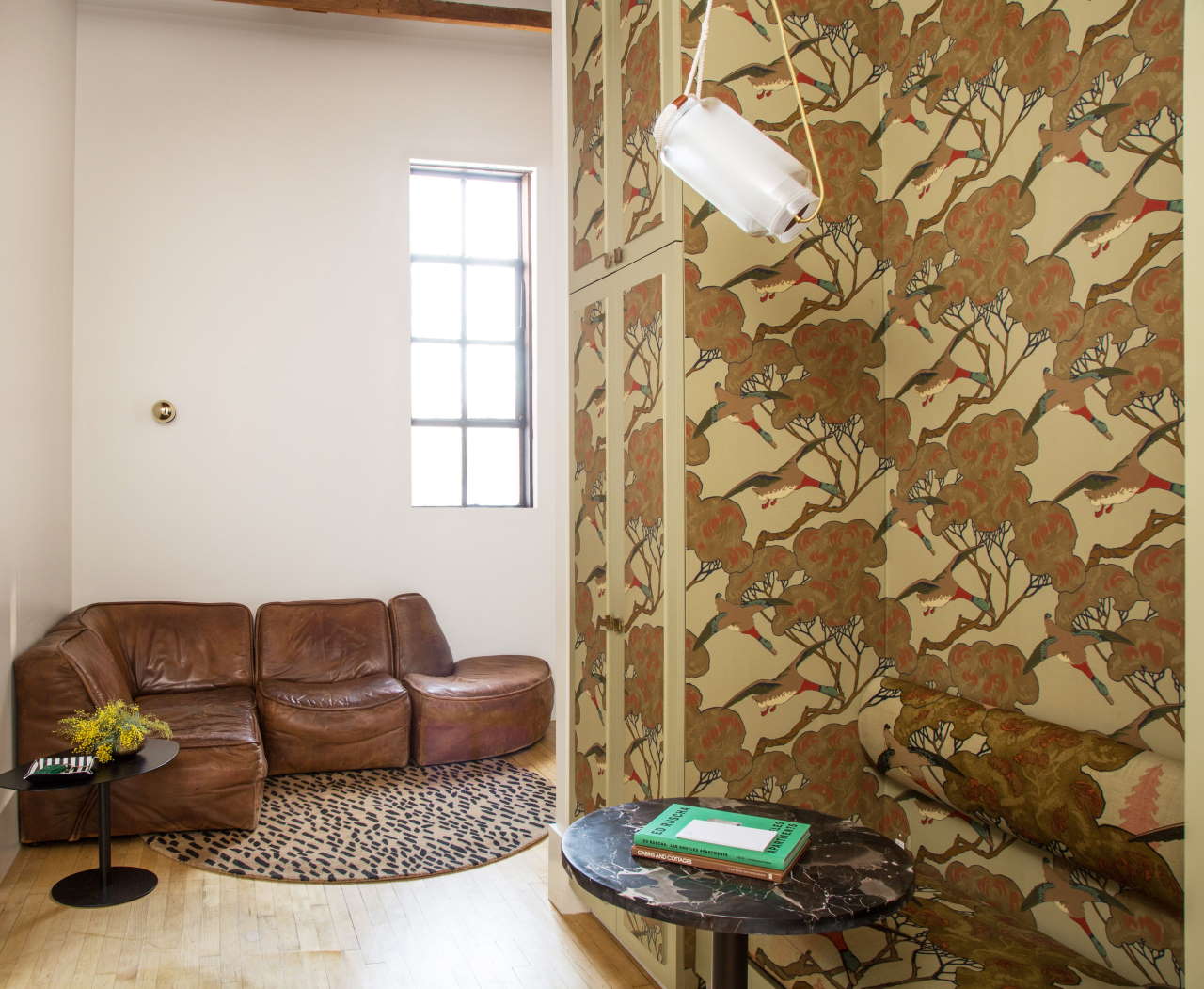
Green room. Photo by Aaron Haxton.
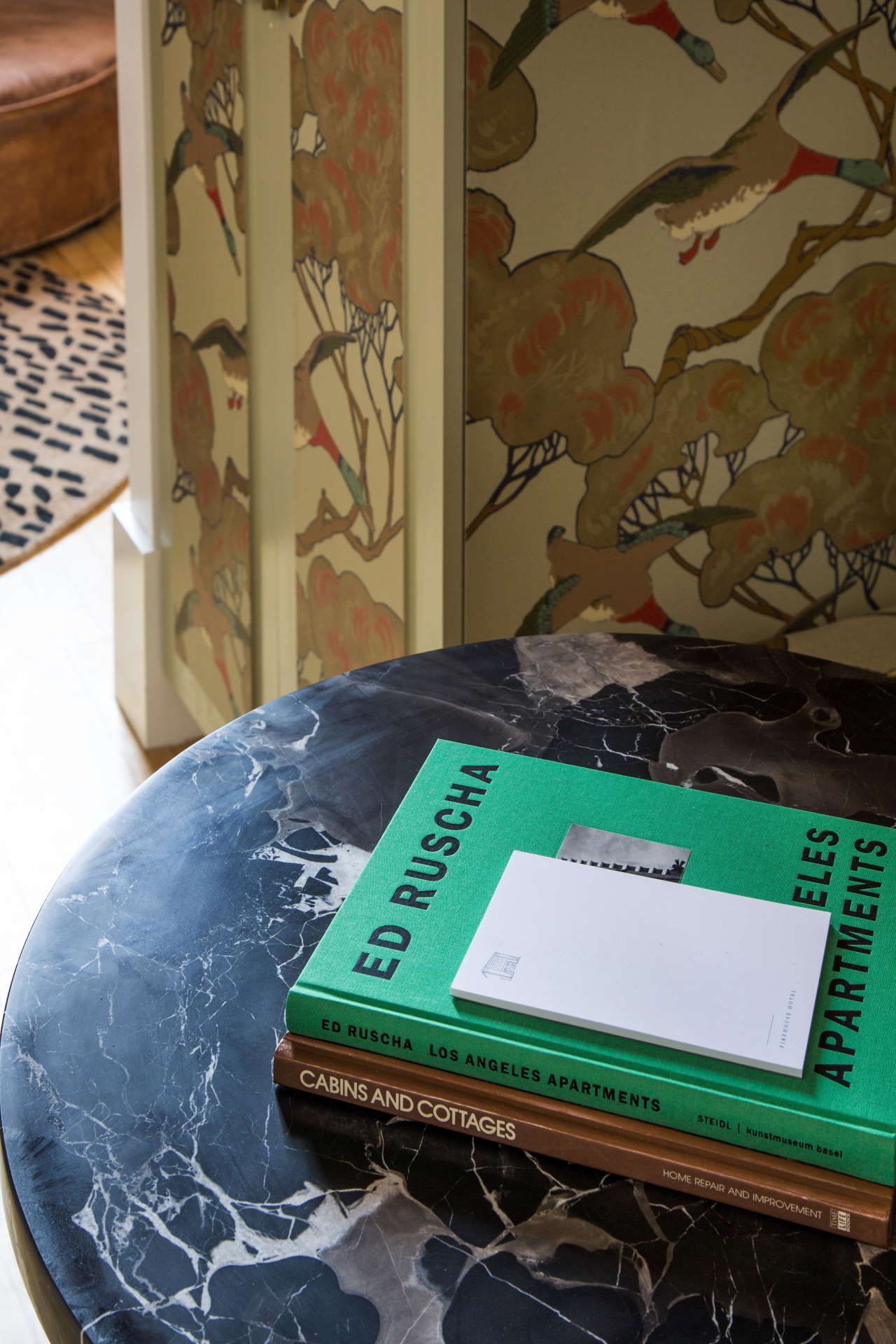
Green room. Photo by Aaron Haxton.
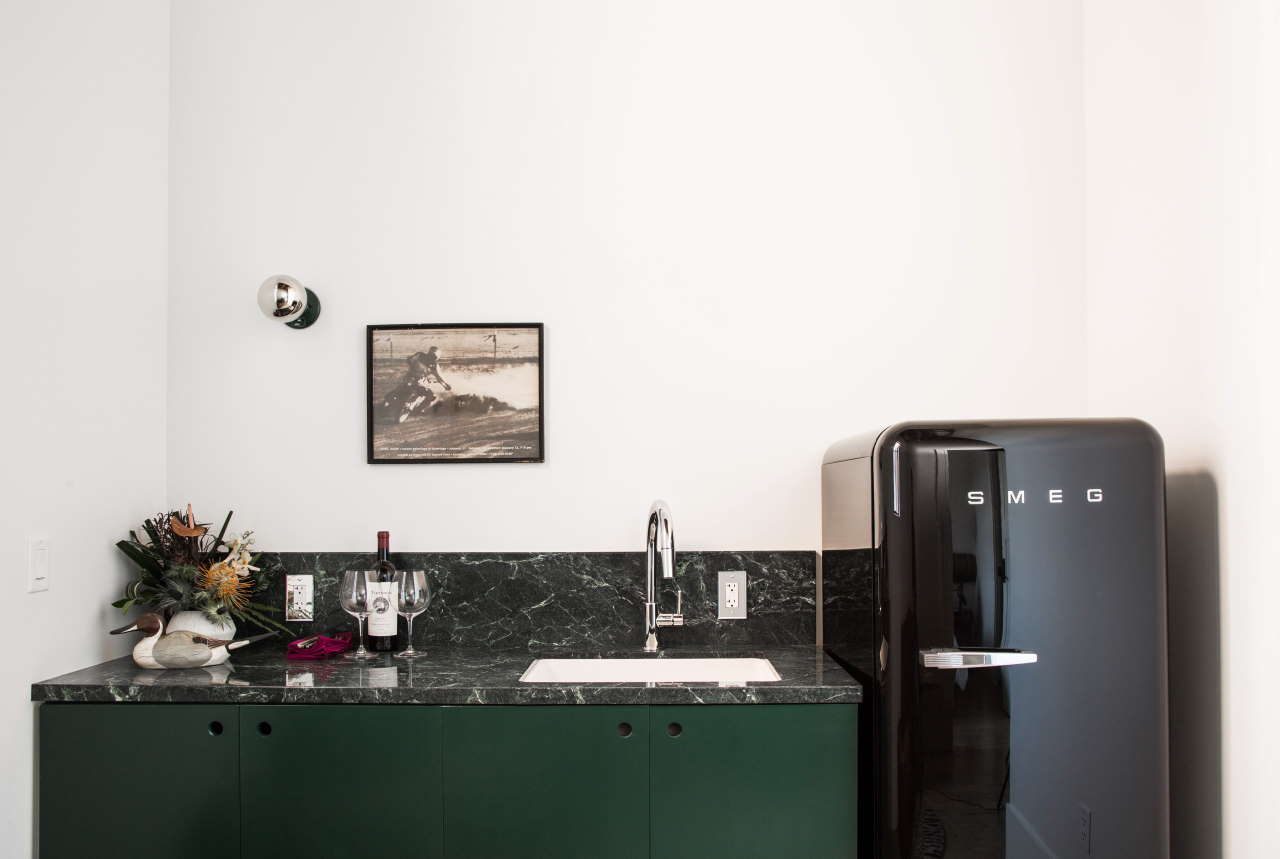
Green room. Photo by Aaron Haxton.

Green room. Photo by Aaron Haxton.
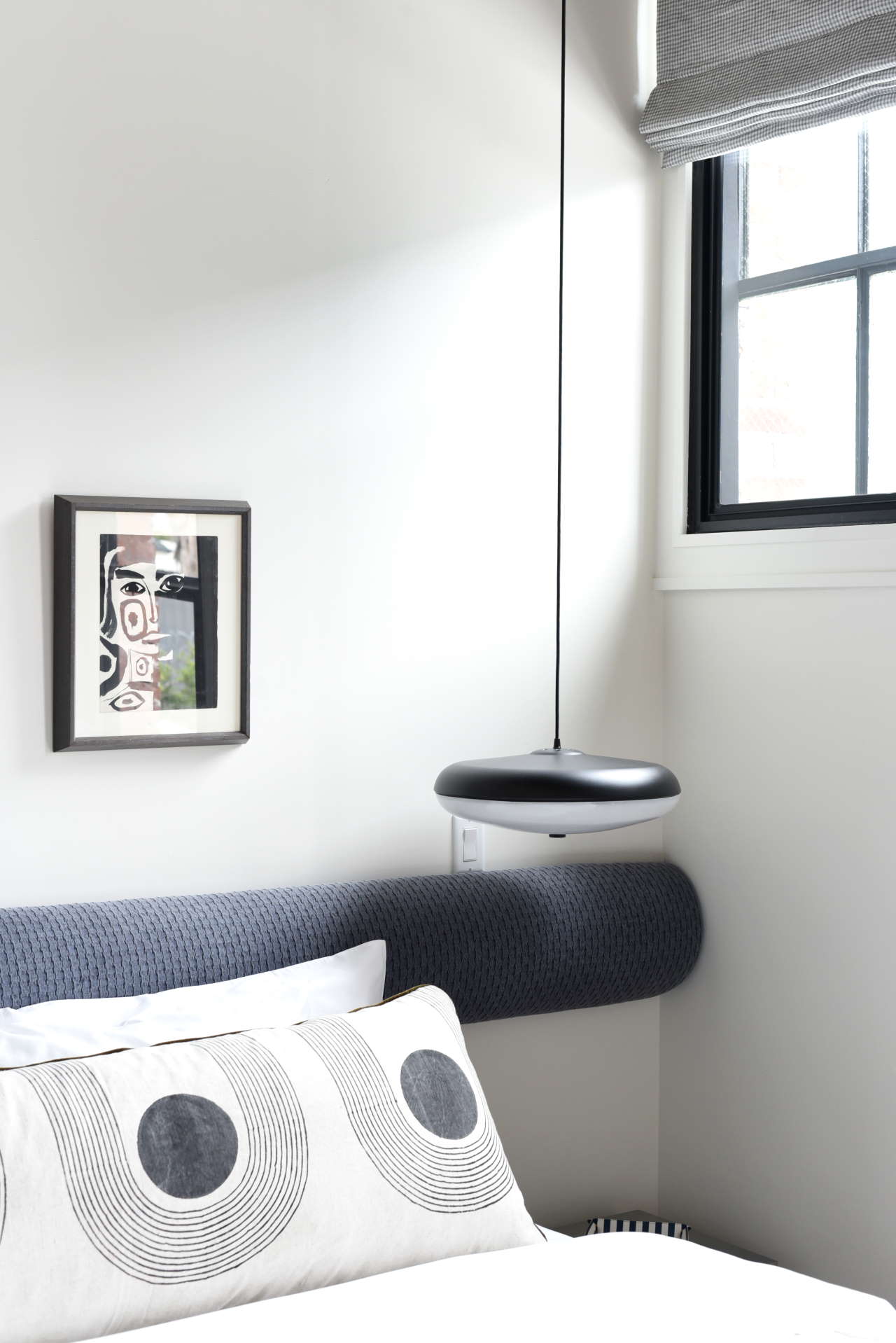
Indigo room. Photo by Danielle Adams.
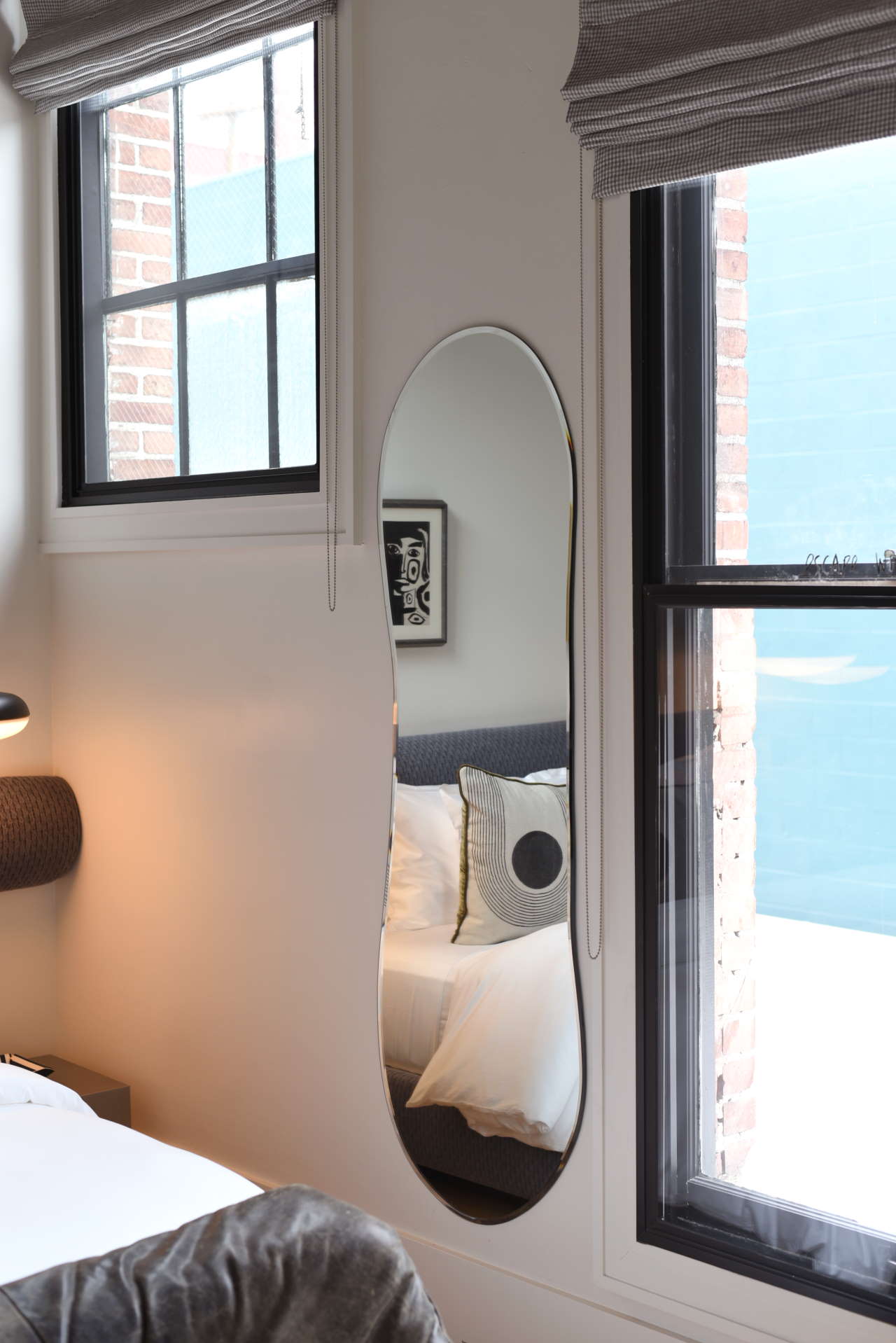
Indigo room. Photo by Danielle Adams.
Equipped with kitchenettes, complete with stylish SMEG refrigerators, all of the hotel’s rooms were designed for extended stays, although we suspect that guests may find it hard to skip the hotel’s restaurant, which under the supervision of Executive Chef Ashley Abodeely offers spirited, comfort food such as burgers cooked on the wood burning grill, house-made focaccia served with roasted garlic oil and beef carpaccio topped with arugula pesto and fried capers. An eclectic wine menu by sommelier Matthew Kaner and a creative list of cocktails by mixologist Sarah Boisjoli, such as Ghost Dance (Coconut, Lemon Verbena, Falernum, Cachaca, Tequila Blanco) and Larry Schneider’s Dad (Amaro Angeleno, Amontillado, Vermouth & Rye), further brandish Firehouse Hotel’s credentials as one of L.A.’s most zesty new hospitality venues that intuitively encapsulates the city’s seductive energy and eternal sunshine.
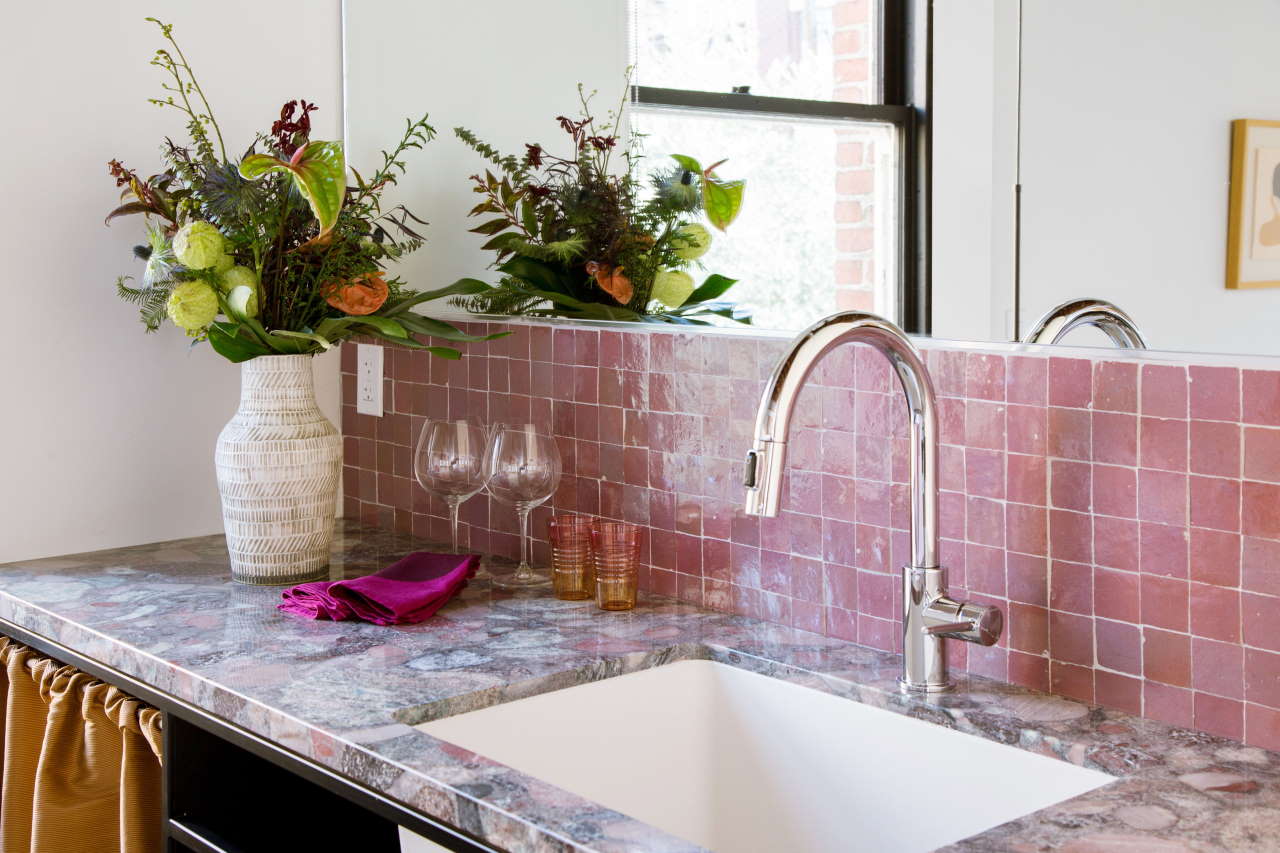
Violet room. Photo by Aaron Haxton.
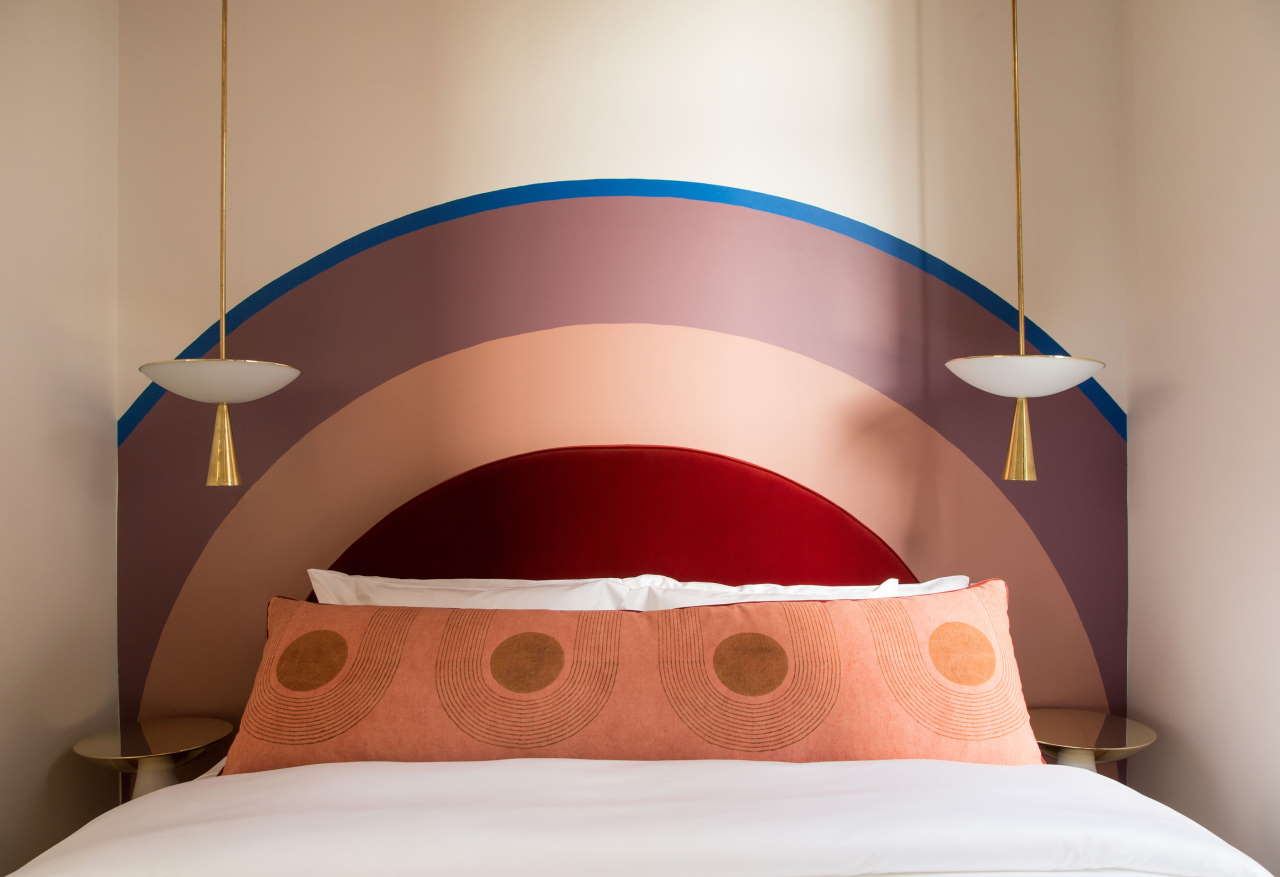
White room. Photo by Aaron Haxton.
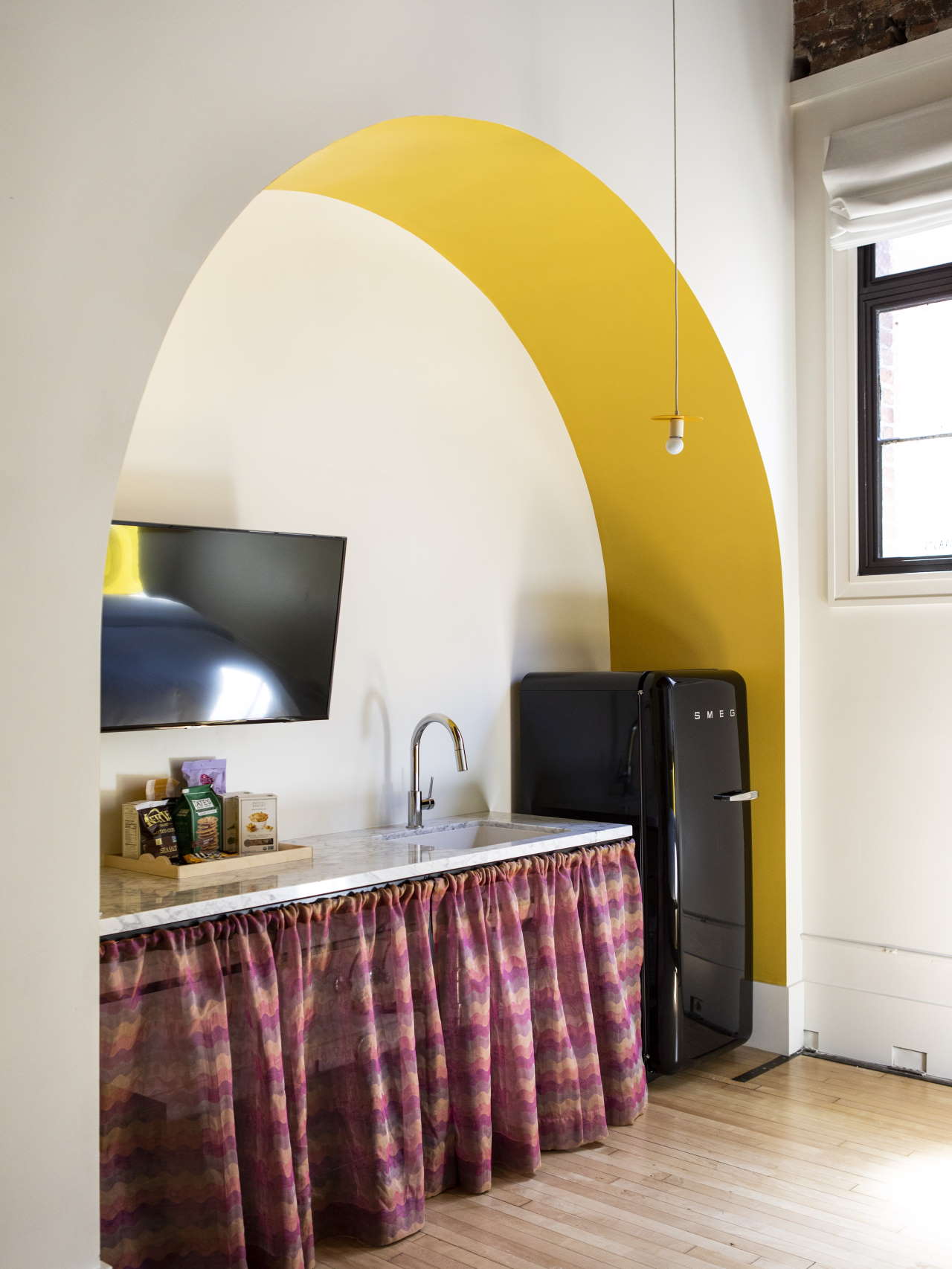
Yellow room. Photo by Laure Joliet.
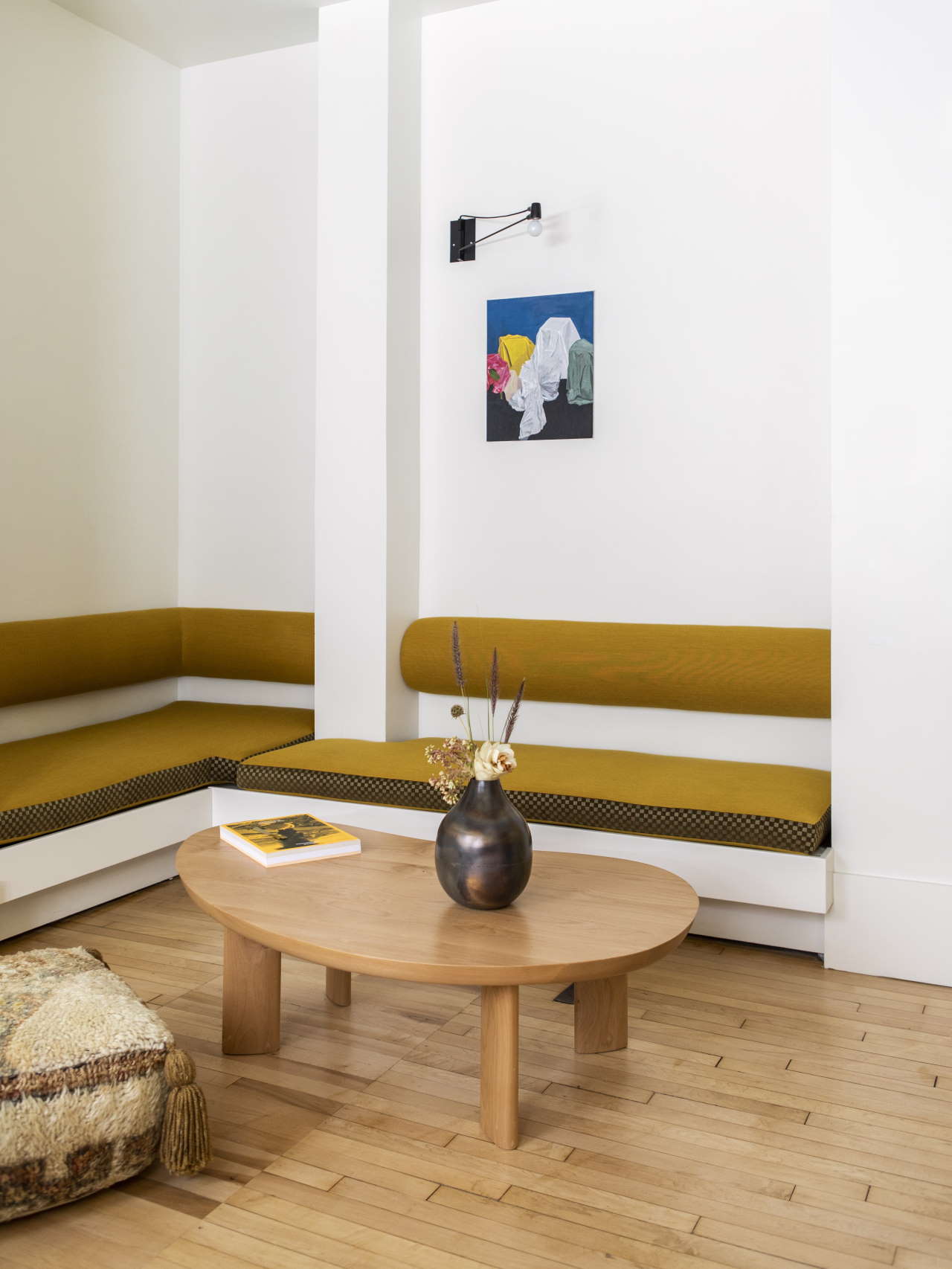
Yellow room. Photo by Laure Joliet.
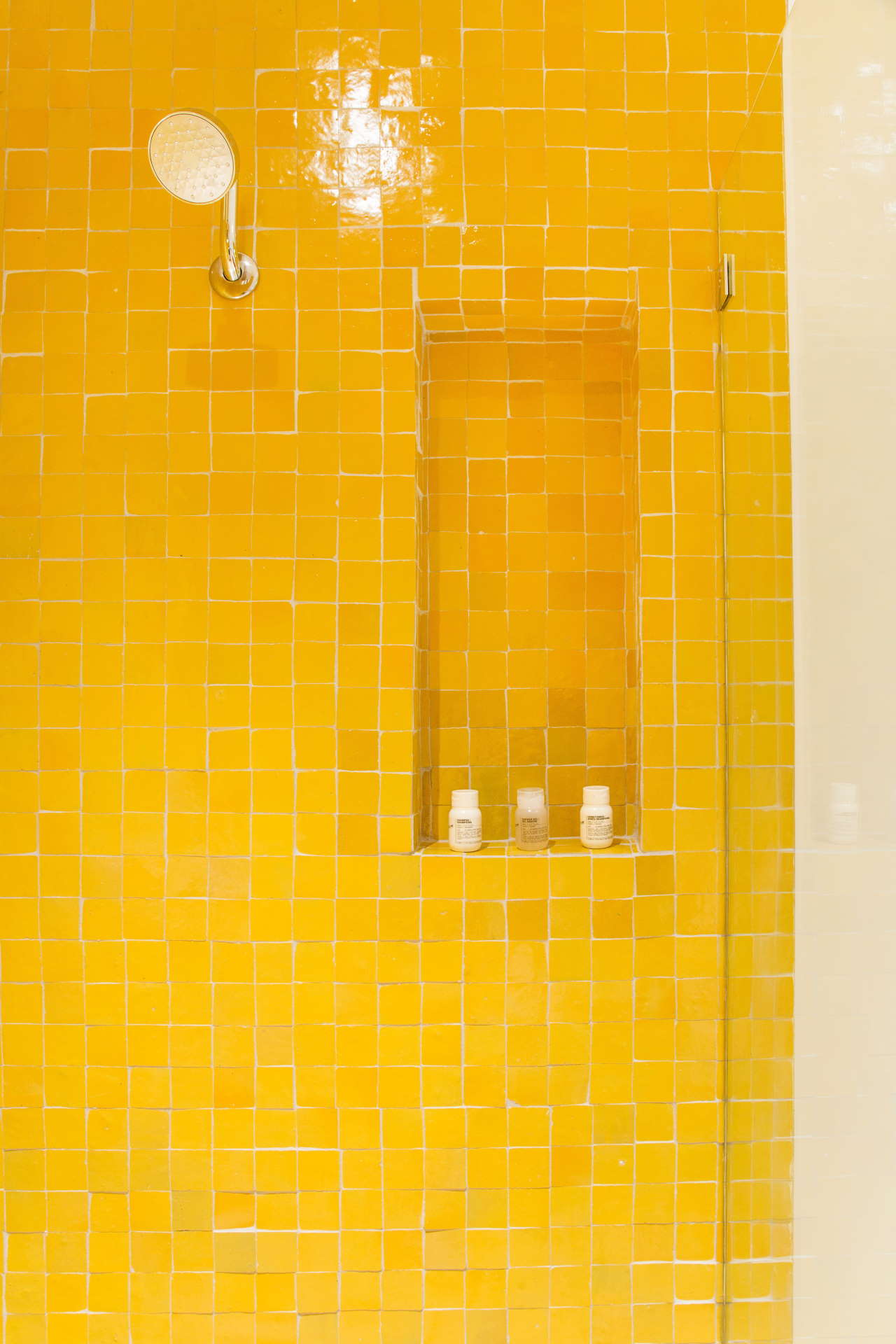
Yellow room. Photo by Aaron Haxton.
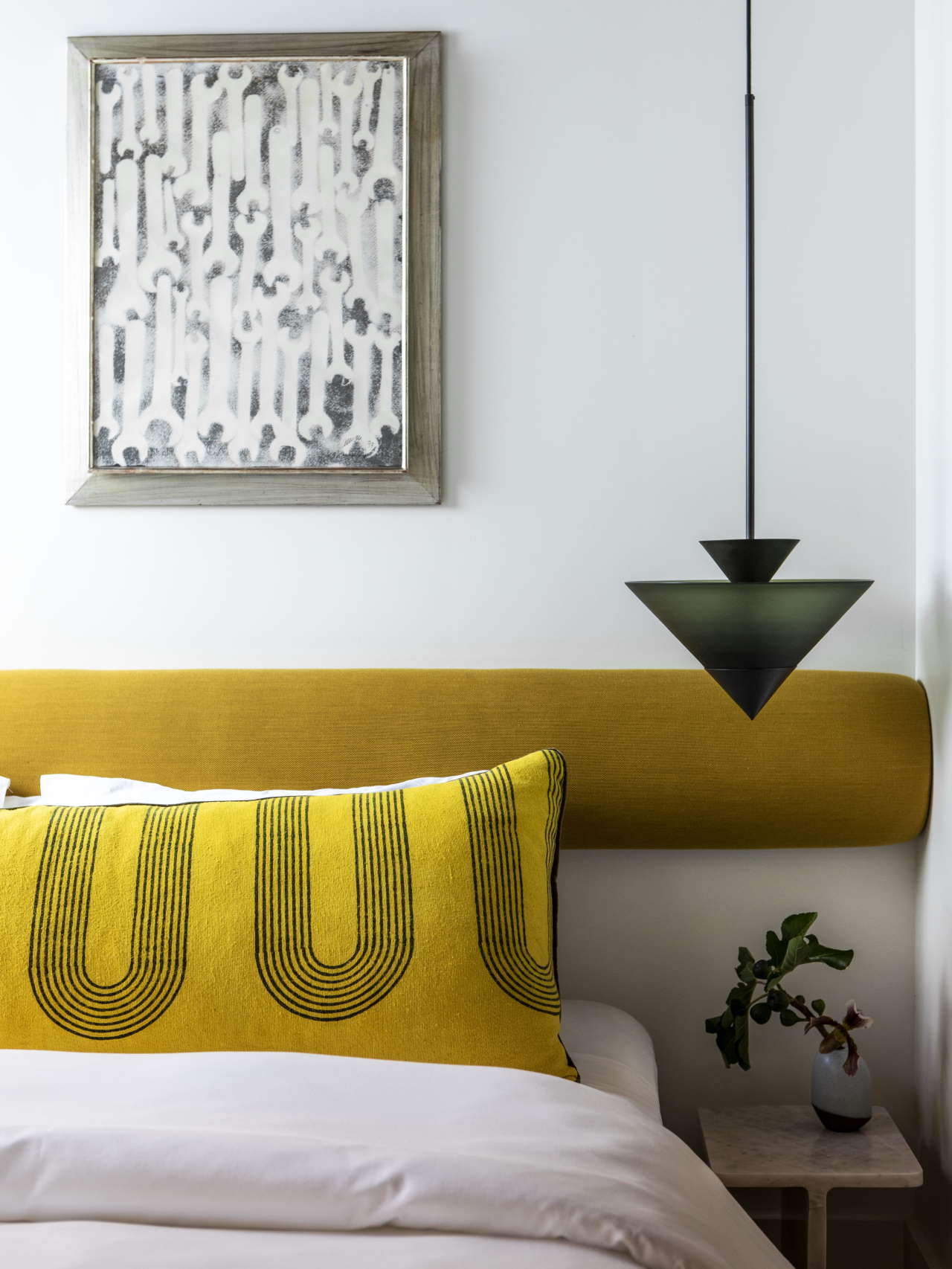
Yellow room. Photo by Laure Joliet.



